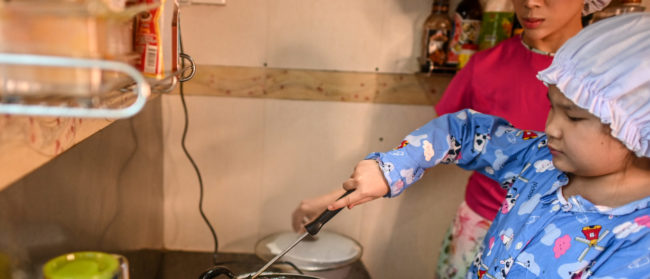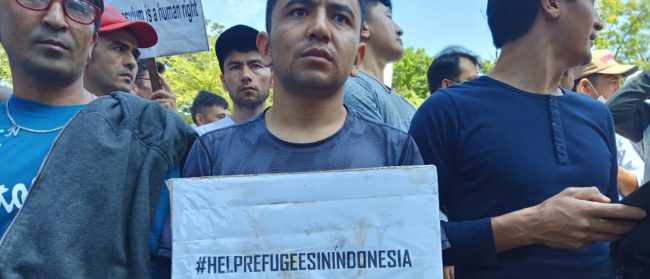Night-time cycle rides through Singapore
Singapore's partial lockdown under "circuit breaker" mode has made the simple act of leaving the house a luxury for its citizens. For writer Toh Ee Ming, her long-ignored bicycle has become her lifeline, casting the city-state in a new light on her night-time rides
By Toh Ee Ming
Toh Ee Ming is a Singaporean journalist who covers issues of social justice, society and culture. She has contributed to the Associated Press, South China Morning Post, Southeast Asia Globe, and more. While the Globe takes the utmost care to publish accurate information, by the nature of these personal essays we are unable to independently verify the information contained within them.
Restless and battling bouts of cabin fever since Singapore enforced a partial lockdown (what it calls a “circuit breaker”) in April to beat the spread of Covid-19, I found myself turning to a new hobby – solo night cycling.
Growing up in hyper-urban Singapore, cycling was not something I did often, reserved for rare excursions with friends on rented bikes along the beach. Perhaps it’s because of the unforgiving heat in this sunny island, the risk of being caught in sudden thundery downpours, or the lack of a strong cycling culture.
Often, cyclists are in a precarious position, having to share roads with notoriously aggressive drivers or ride down narrow footpaths used by pedestrians.
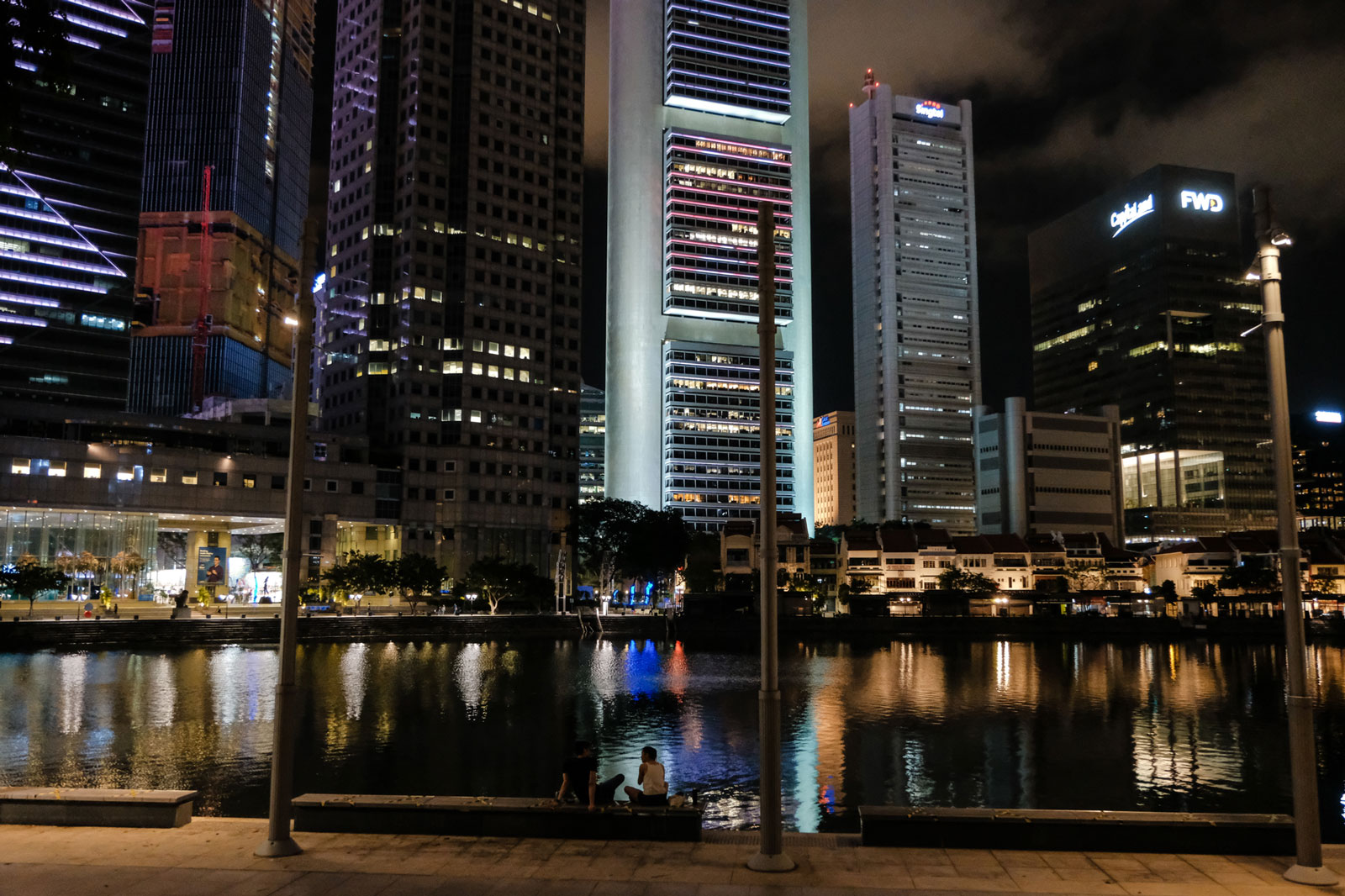
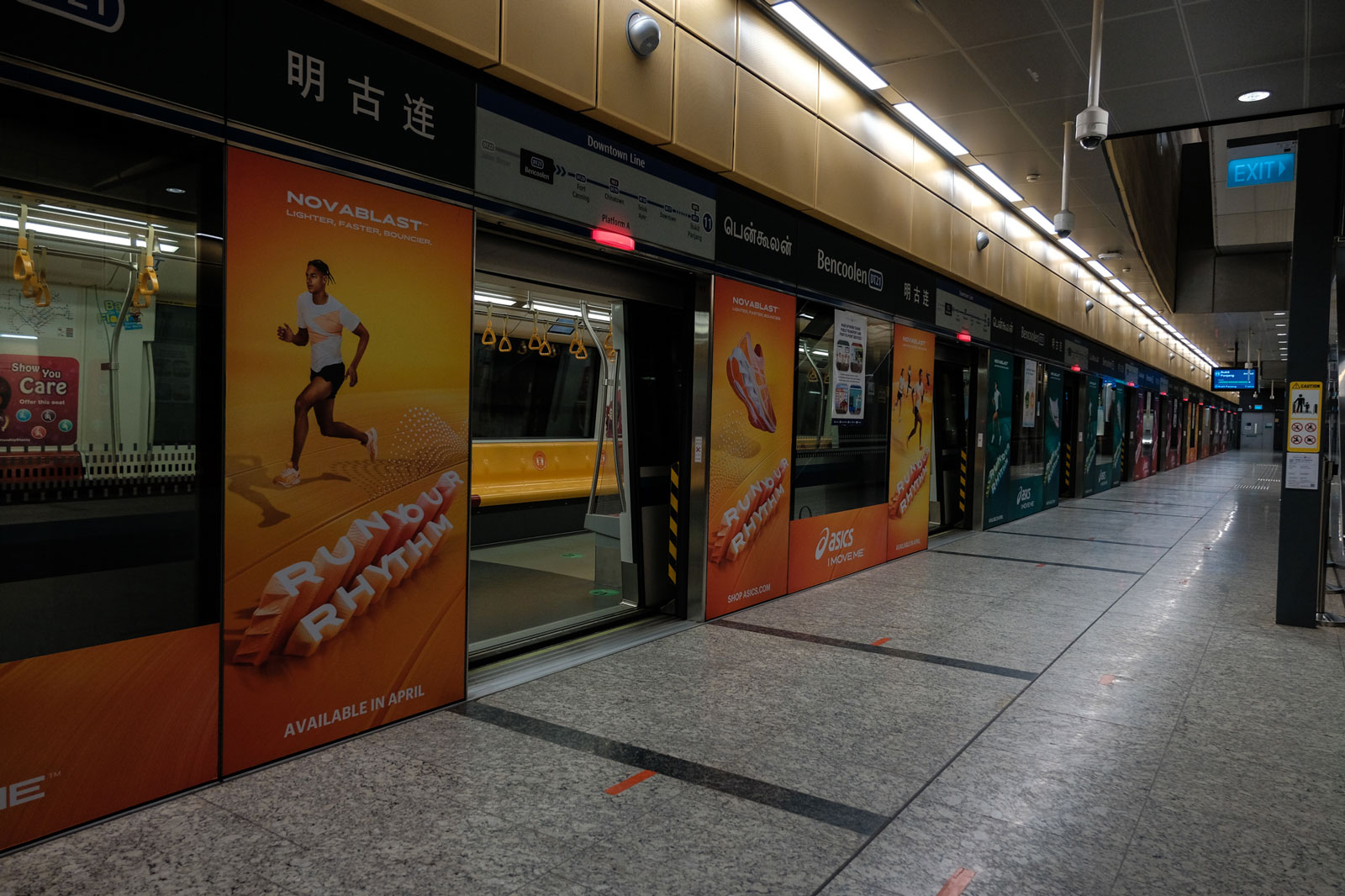
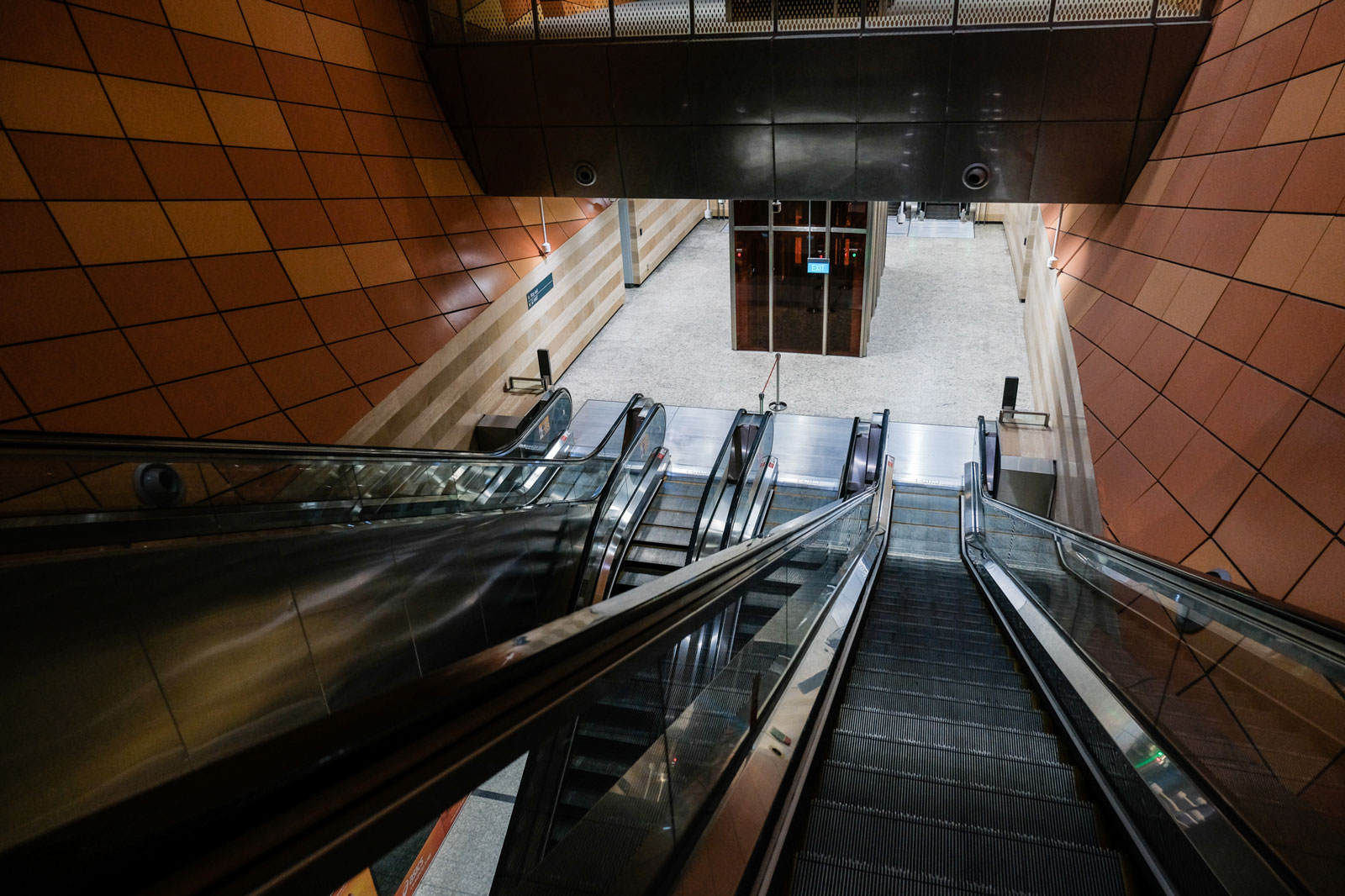
I’ve meandered through the heart of downtown Singapore, settling into an easy rhythm of wheel against asphalt

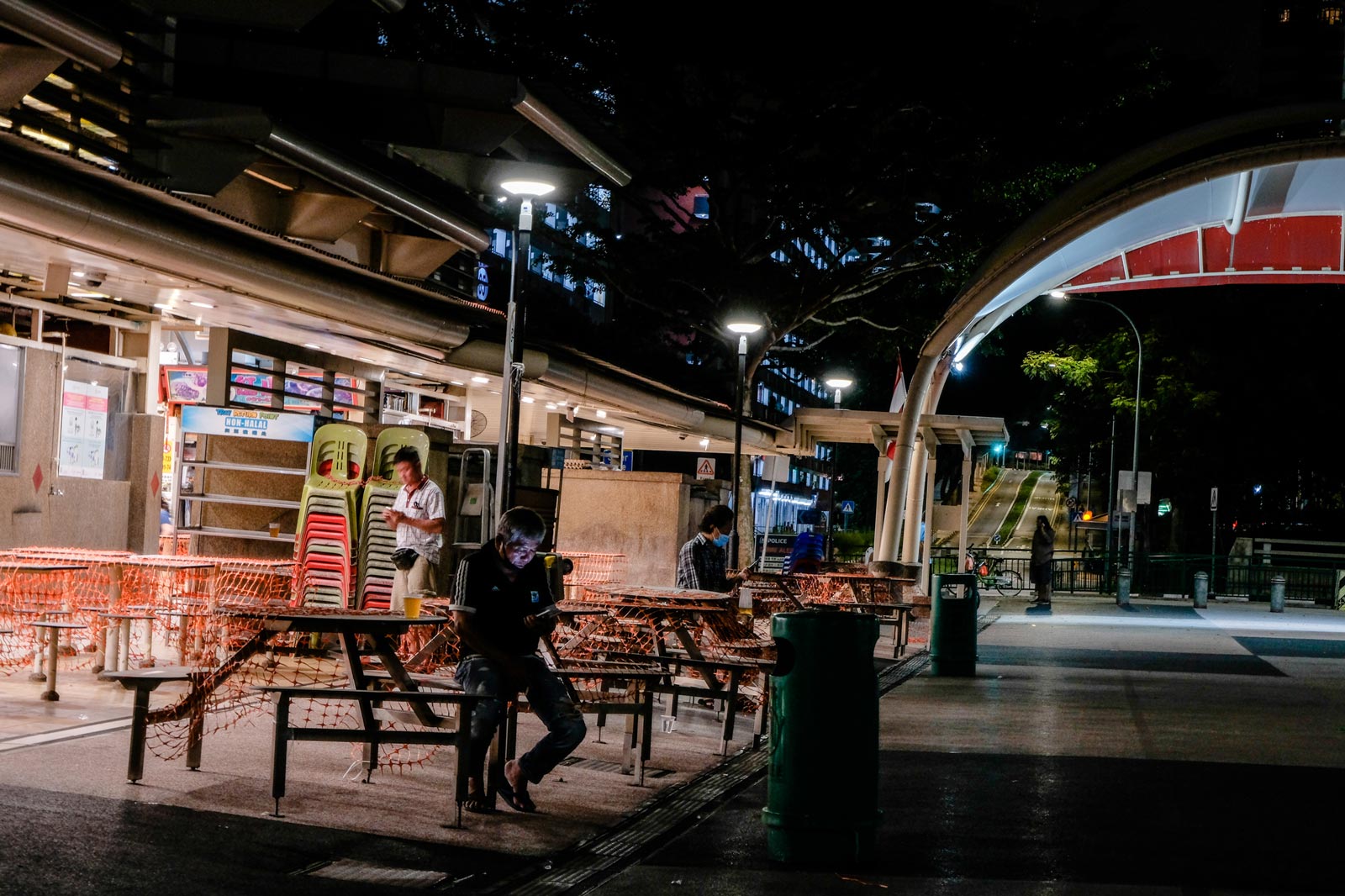
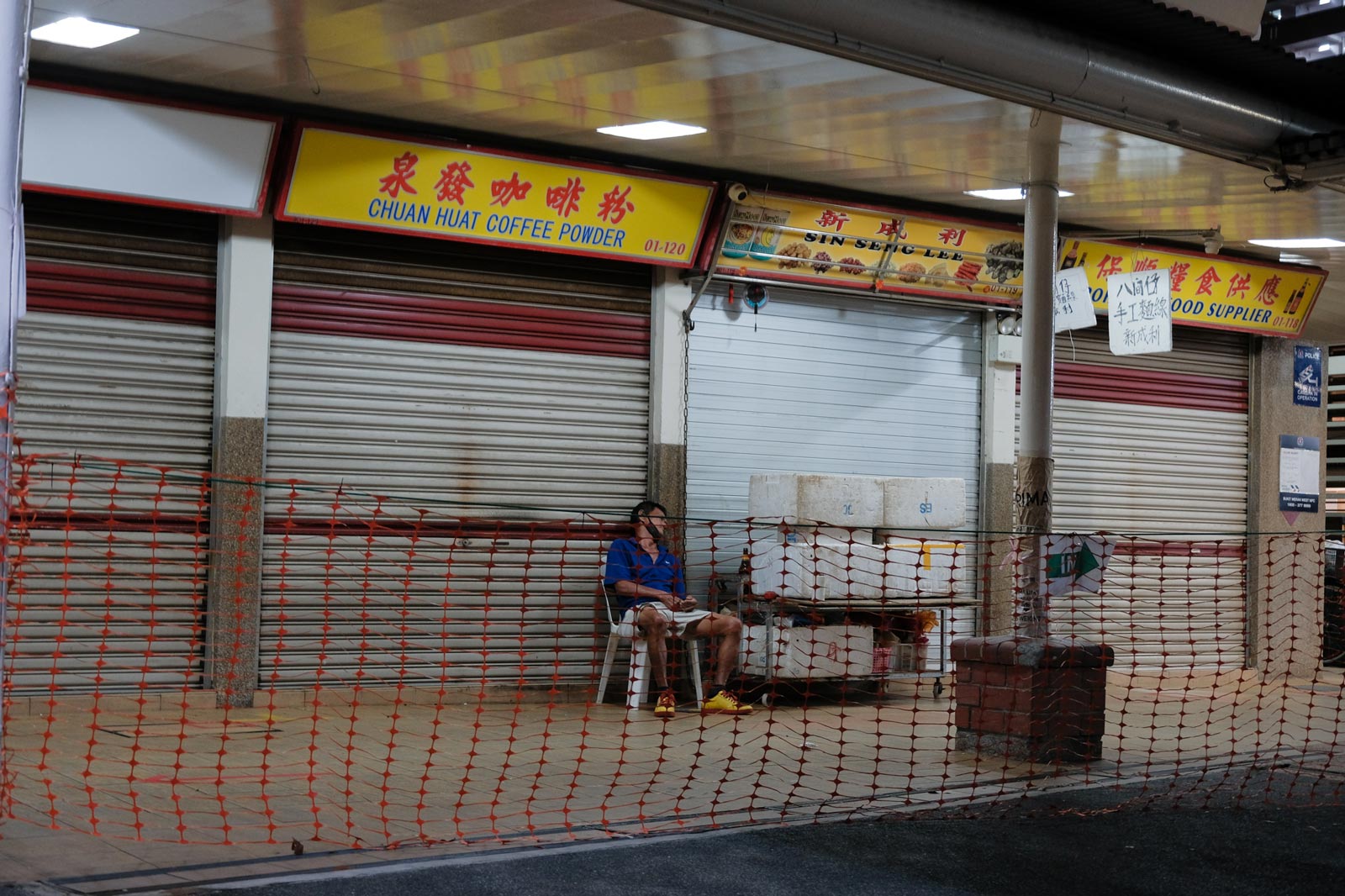
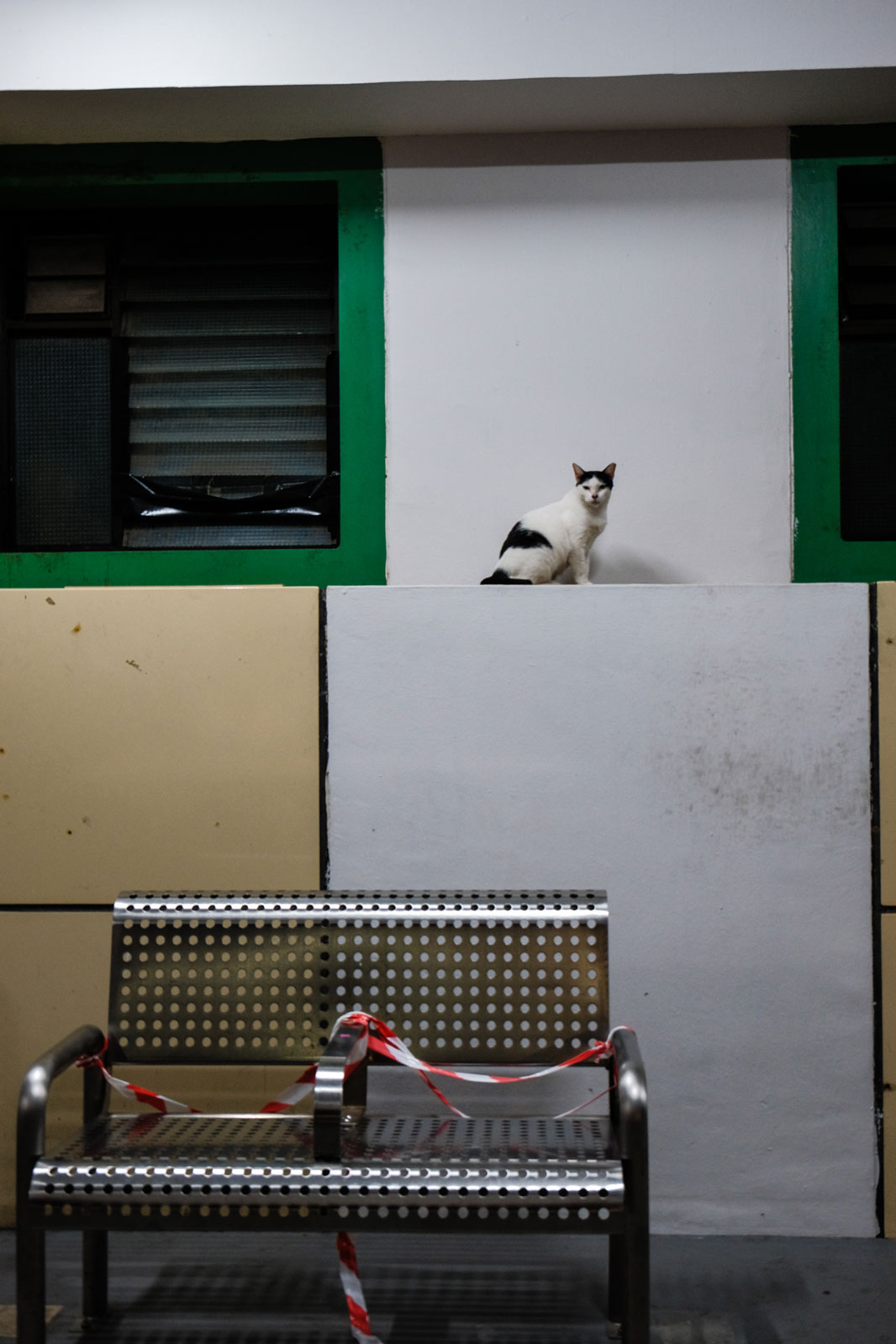
As a local, you grow so accustomed to the everyday sights and sounds that things seem mundane and ordinary. But pedalling through Singapore at night feels different, the inky darkness has a way of softening the city.
One of the most densely populated countries on the planet, there are 5.7 million people crammed in this bustling city-state. But now life is at a standstill, the streets deserted. As I glide through the empty city, Singapore exists in a surreal, dreamlike limbo.
Over the last few weeks, I’ve meandered through the heart of downtown Singapore, settling into an easy rhythm of wheel against asphalt. I’ve wandered down the ghostly shopping stretch of Orchard Road; past shuttered pubs in the Clarke Quay nightspot district, past taped up playgrounds of local neighbourhoods; and mulled over the scene of desolate expressways at Marine Parade.
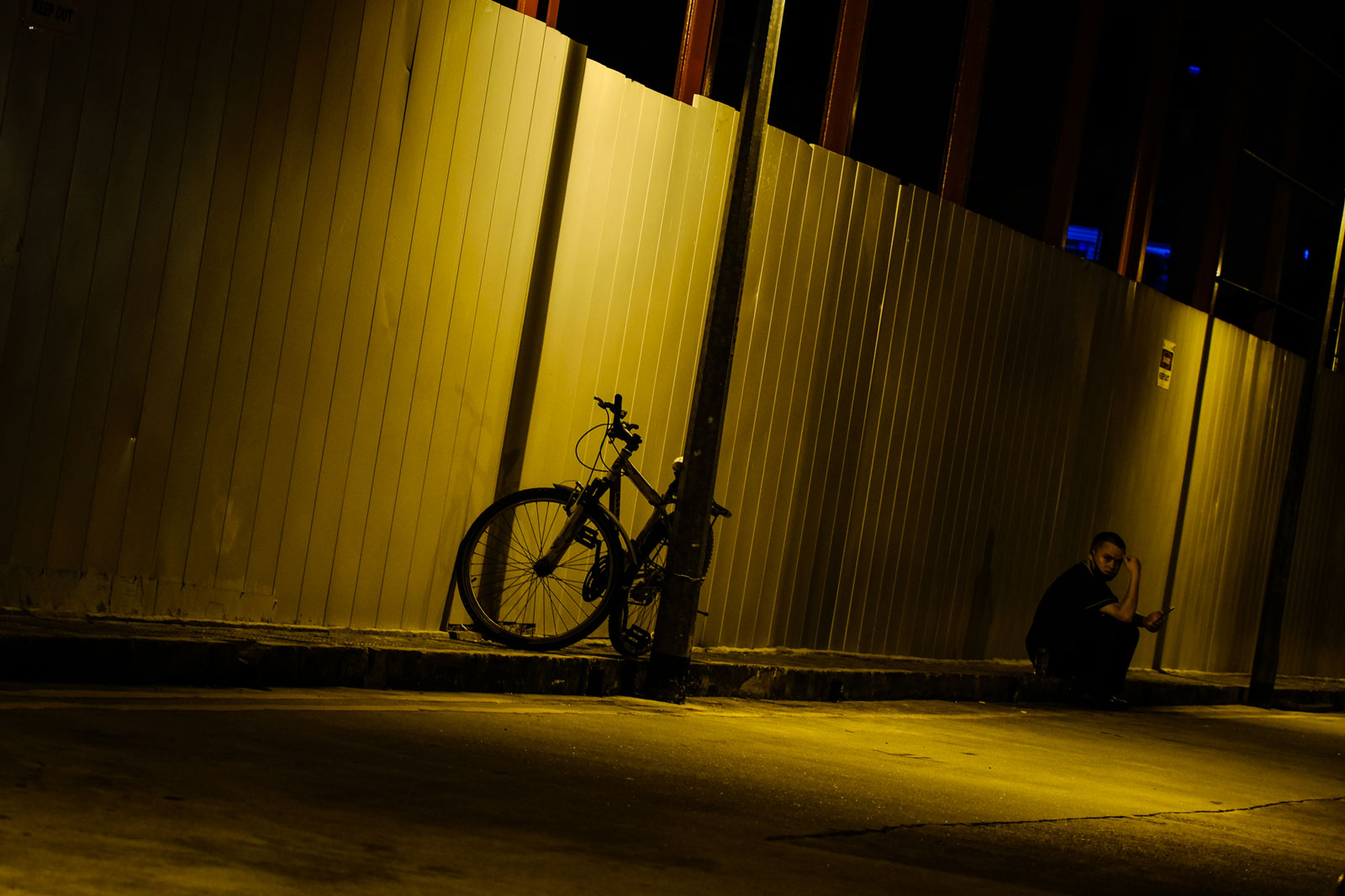
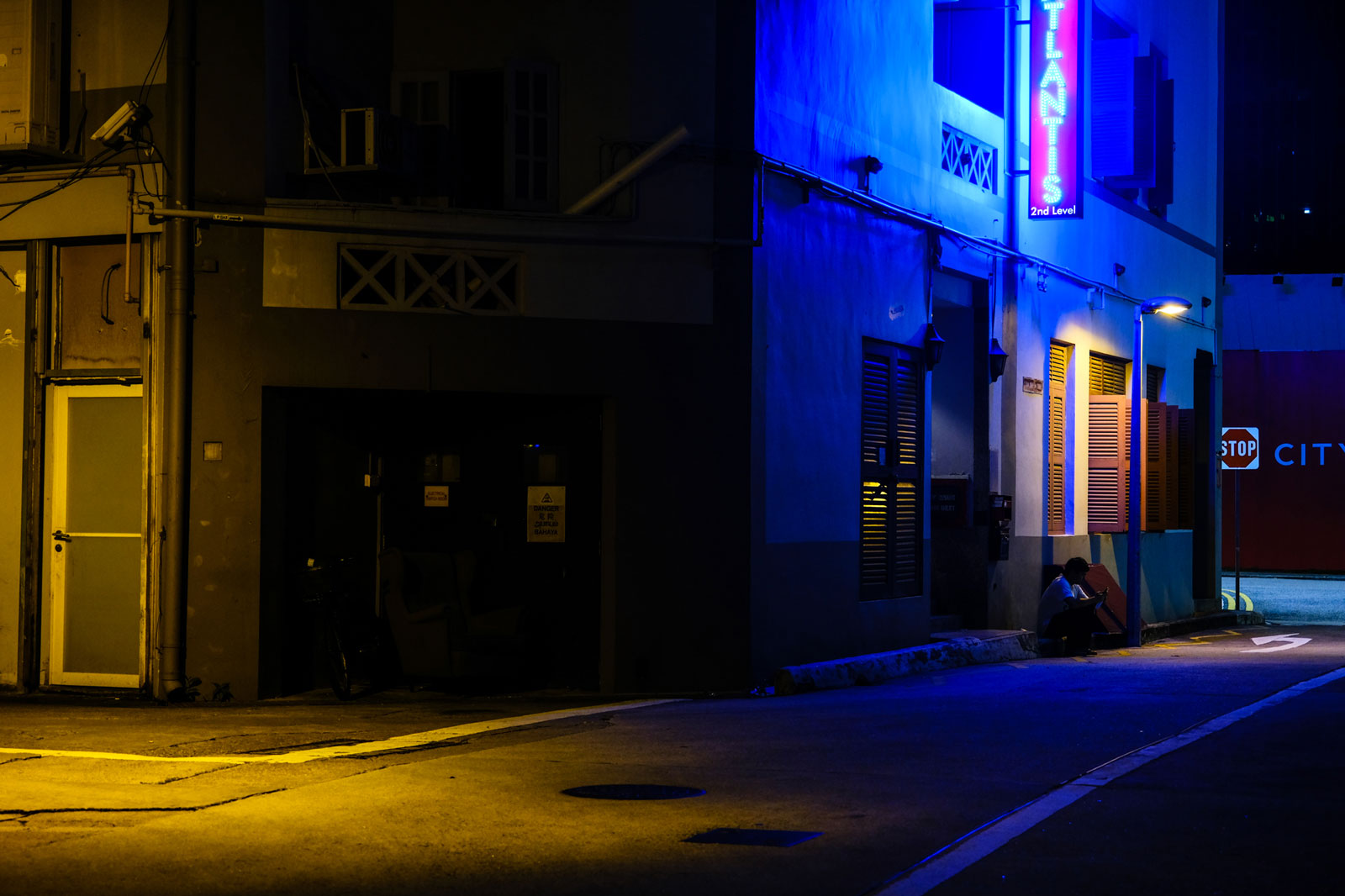
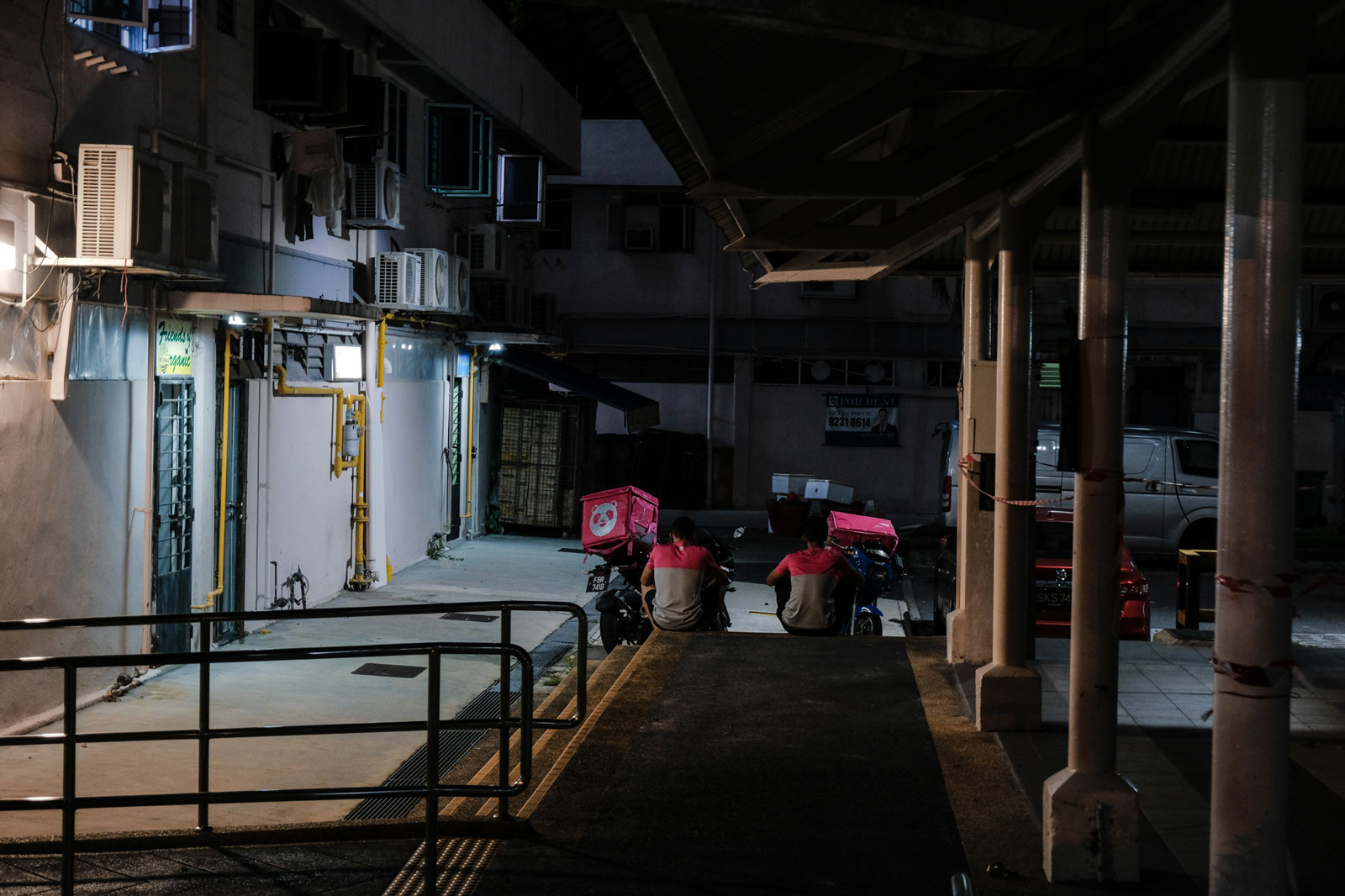
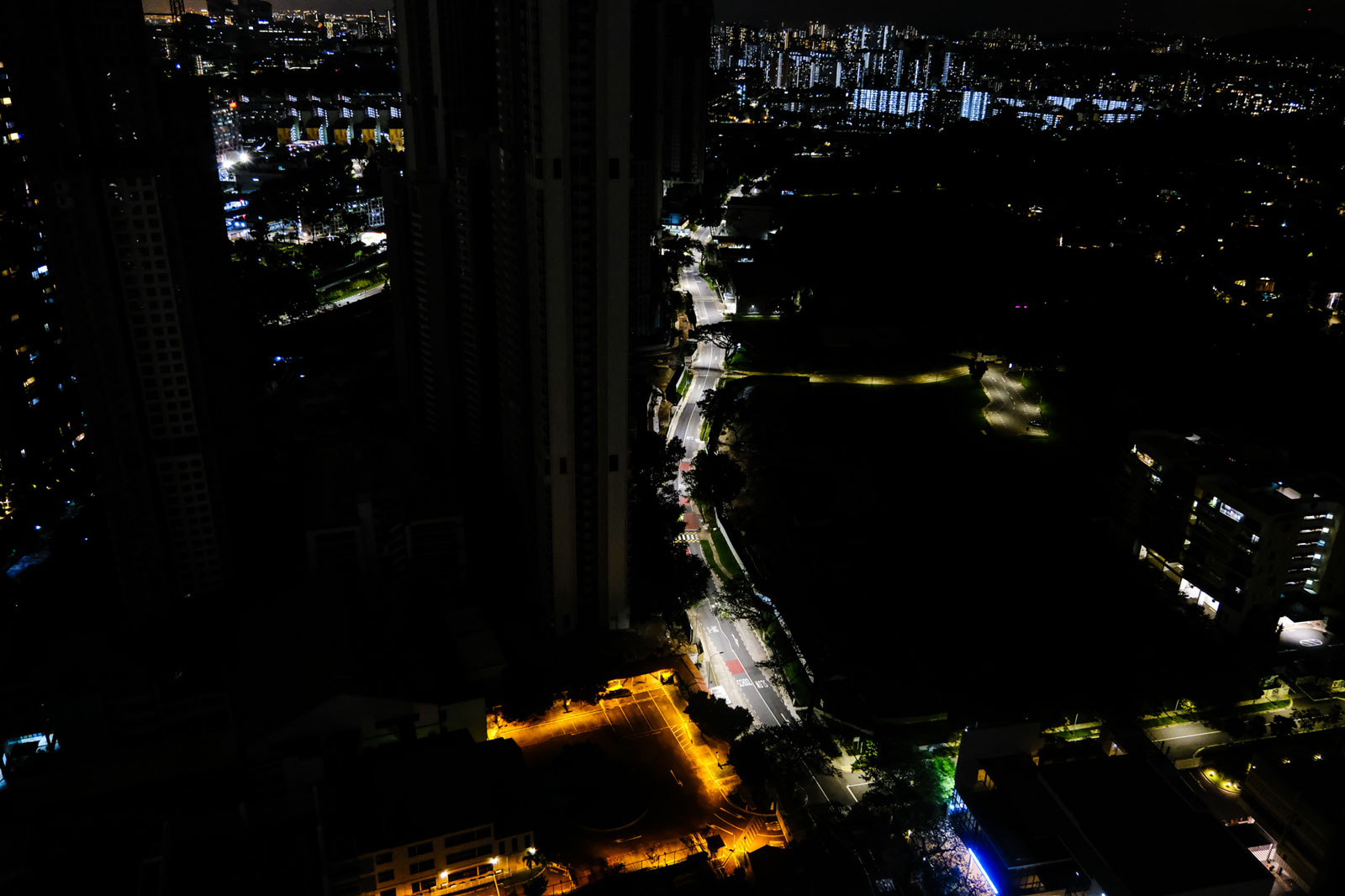
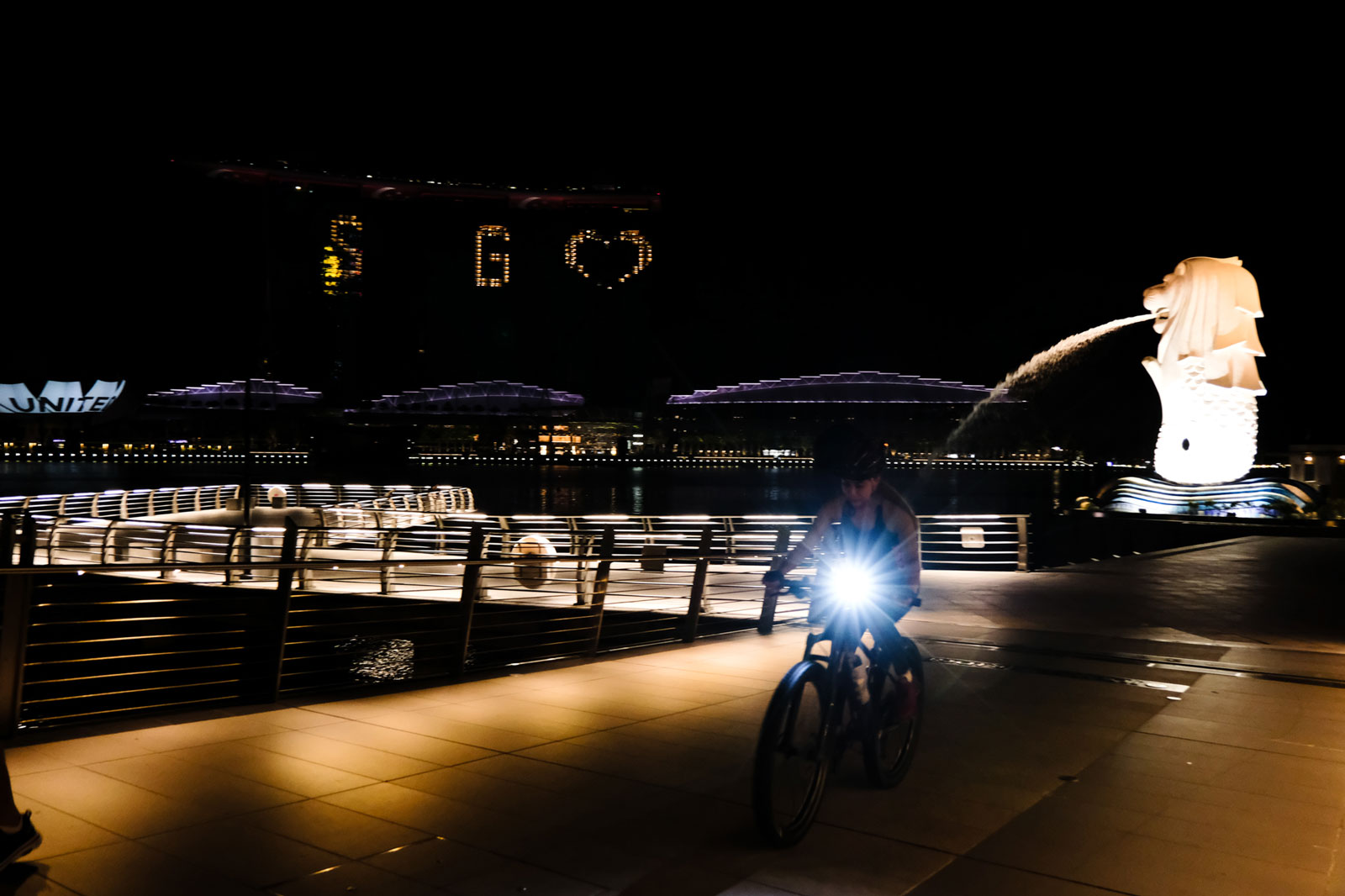
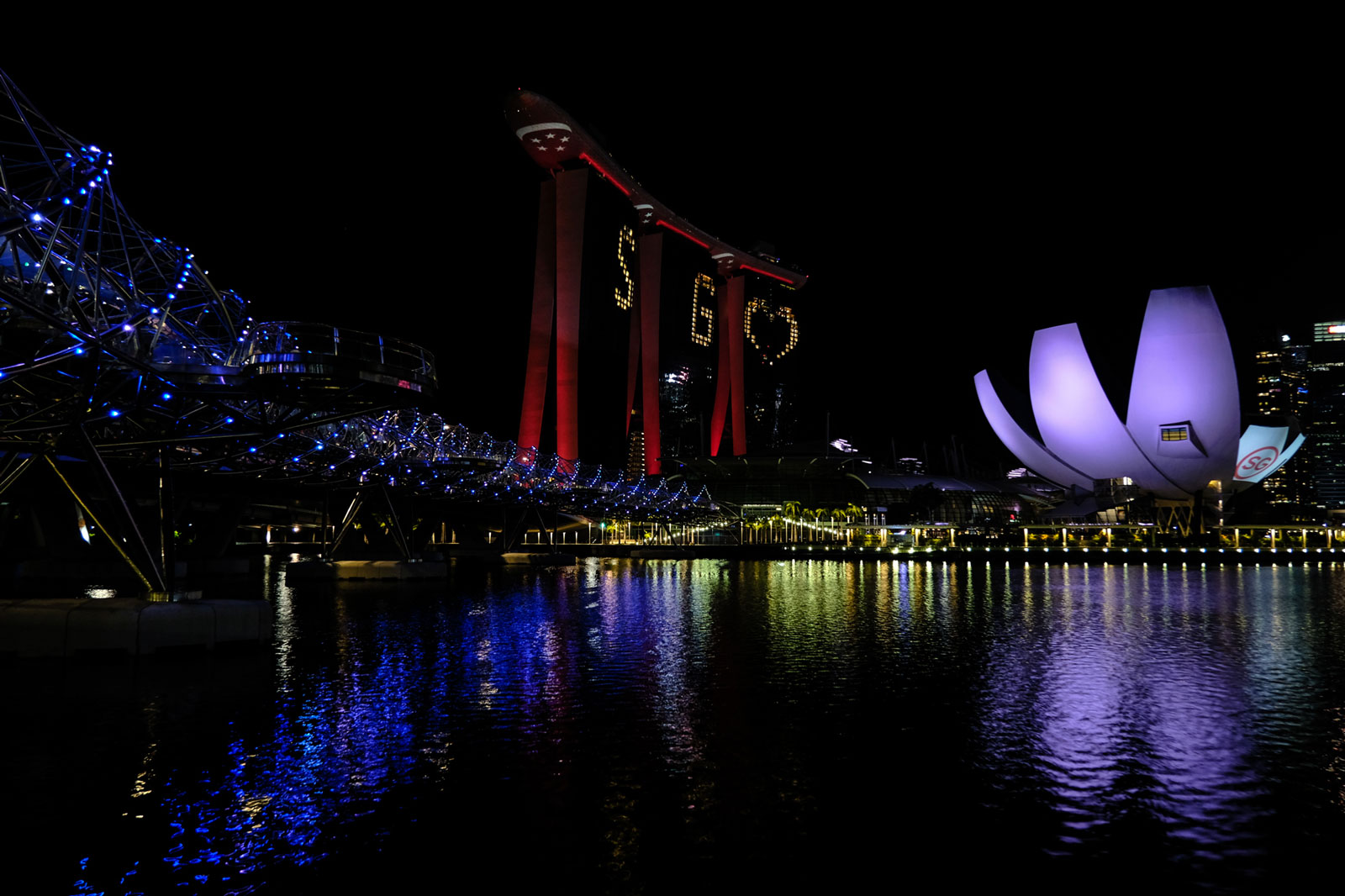
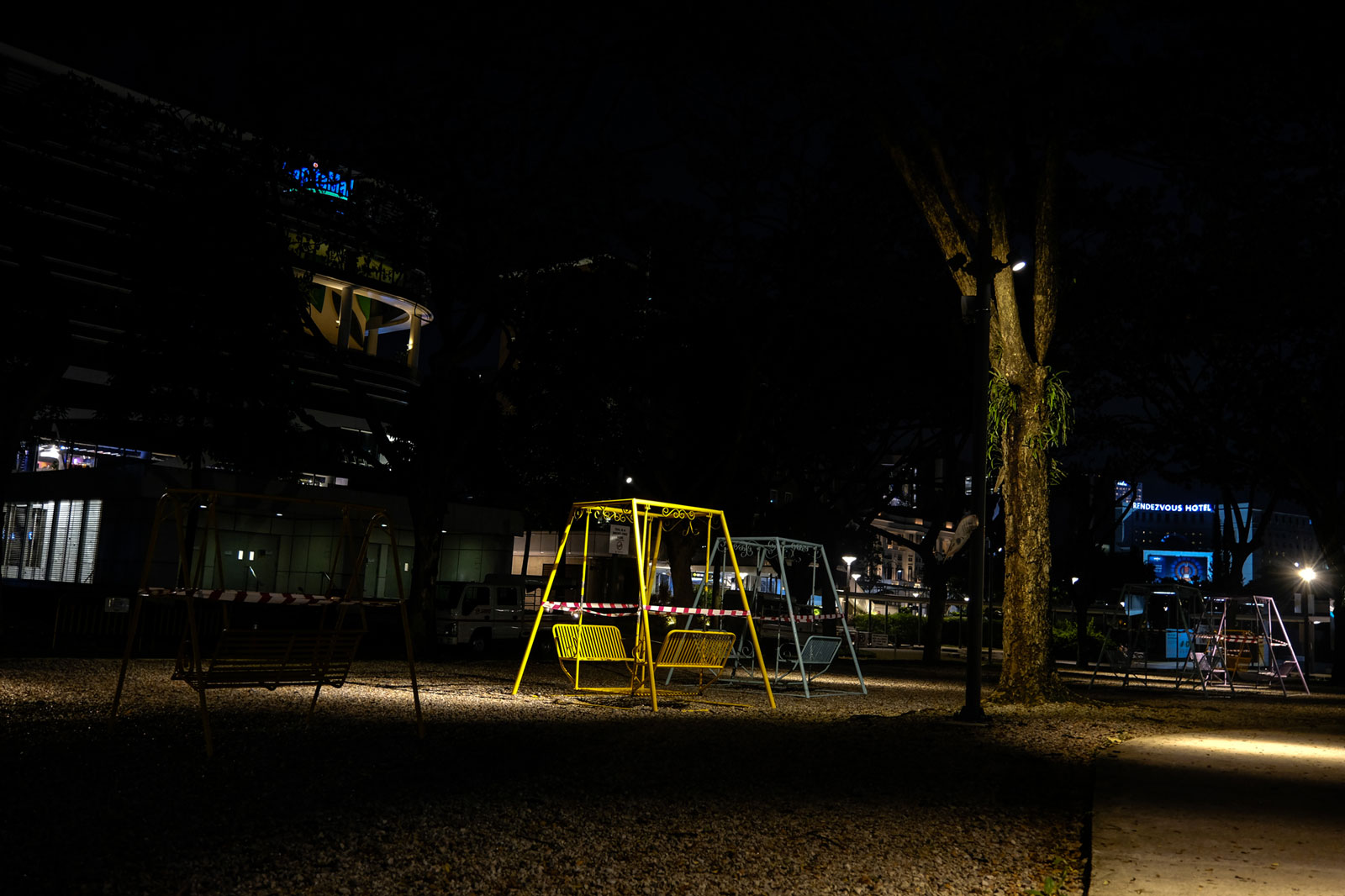
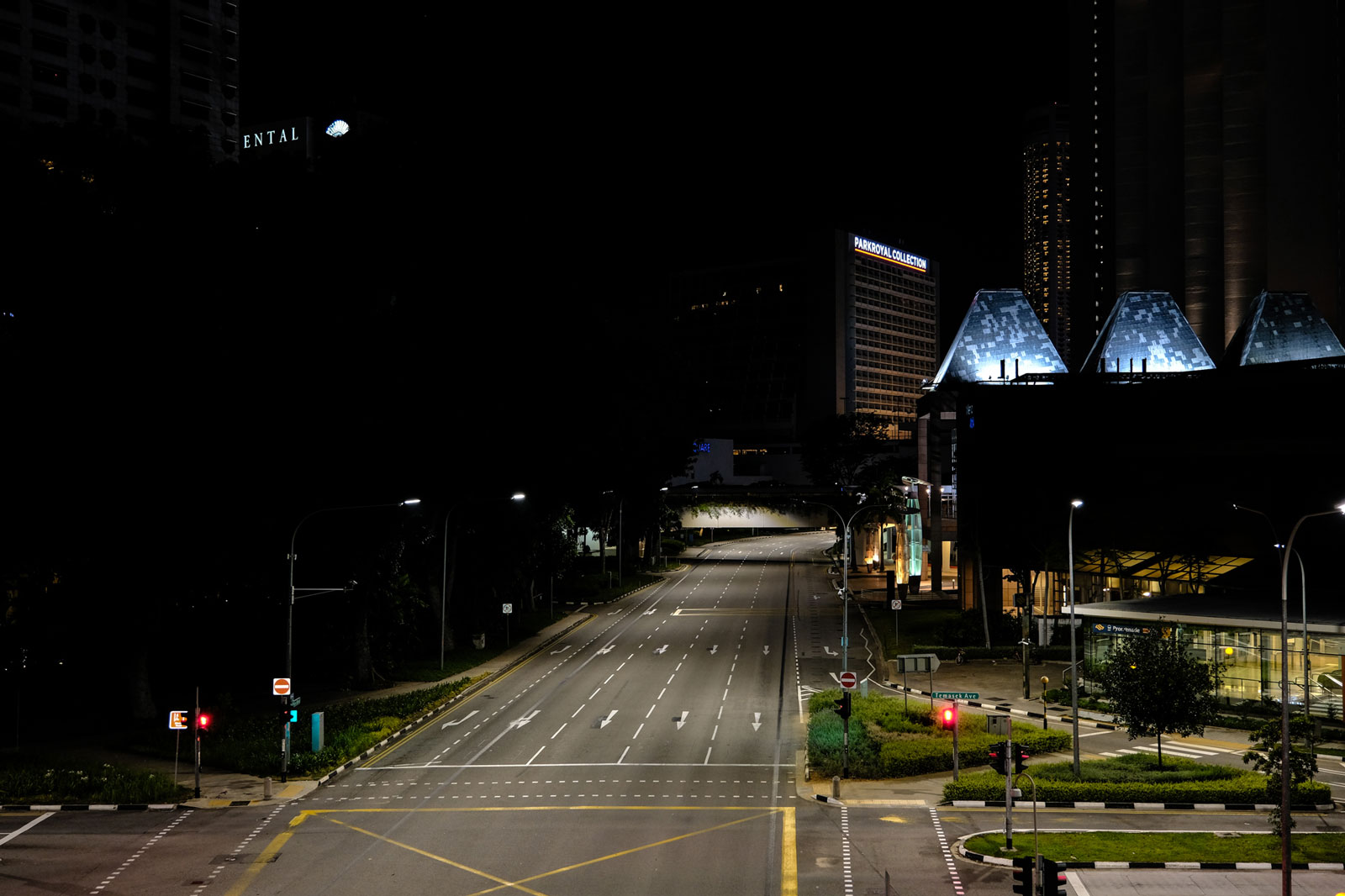
I’ve stumbled on a secret staircase which led me up to the highway, trailed the winding Singapore River on a whim to see where it led me
Every trip out felt extra precious. I started to notice things I wouldn’t normally pay attention to – how a middle-aged woman held up her cellphone as she hummed along to a folk melody, the strains of her voice floating by as I cycled past. The way the light fell on architecture, which lent it an uncanny quality. In this apocalyptic reality, joggers move furtively in the dark, anonymous with their masks.
I’ve stumbled on a secret staircase which led me up to the highway, trailed the winding Singapore River on a whim to see where it led me, and taken a detour to the urban rooftop on the 47th floor of a housing flat in Dawson to be greeted by sprawling views of glittering skyscrapers and flats.
I remember one family playing frisbee on the lawn of the Asian Civilisations Museum one night, their laughter reverberating in the air, seemingly carefree. It was close to midnight, and some youths blasted sentimental rock music nearby.
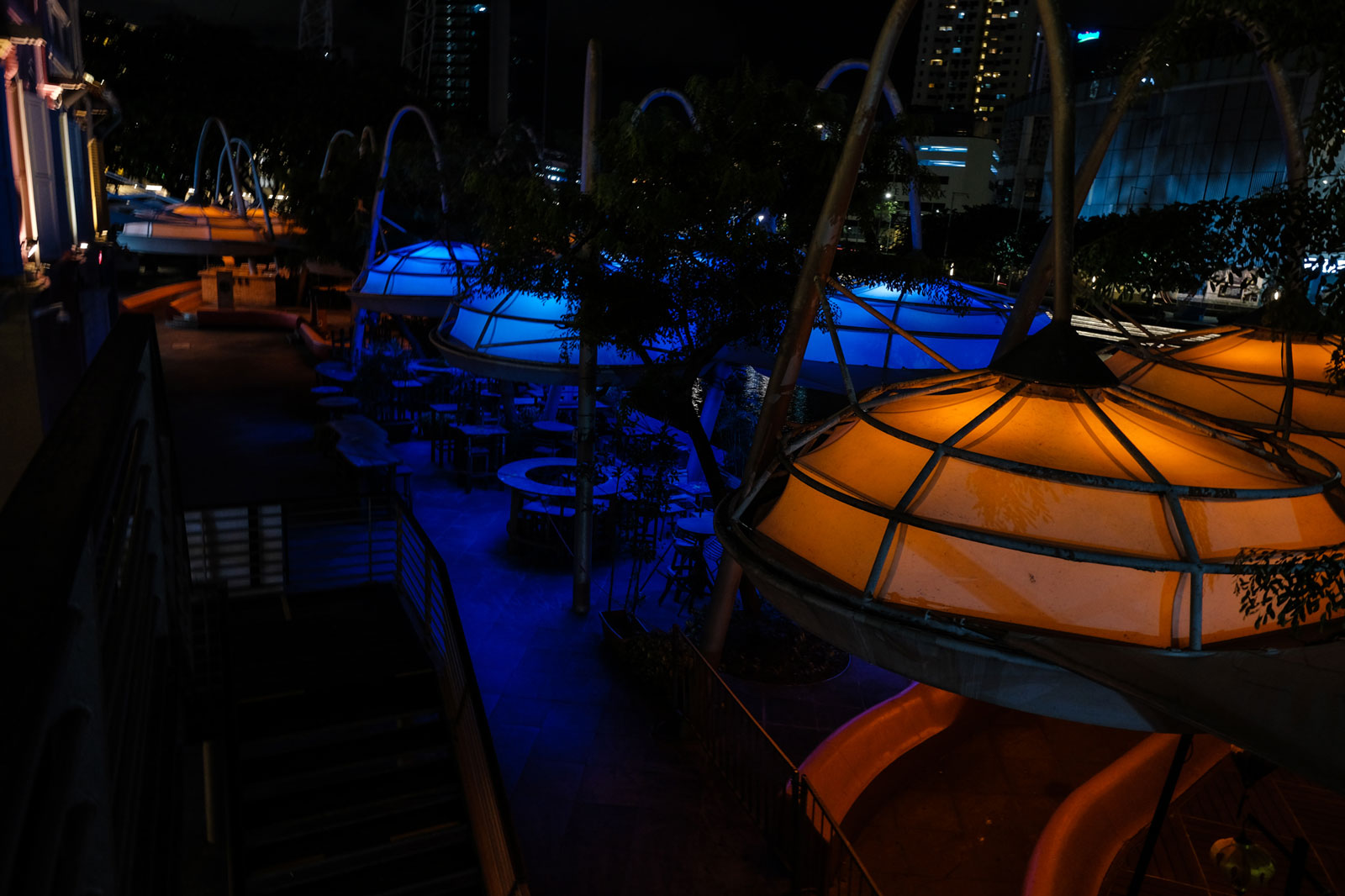
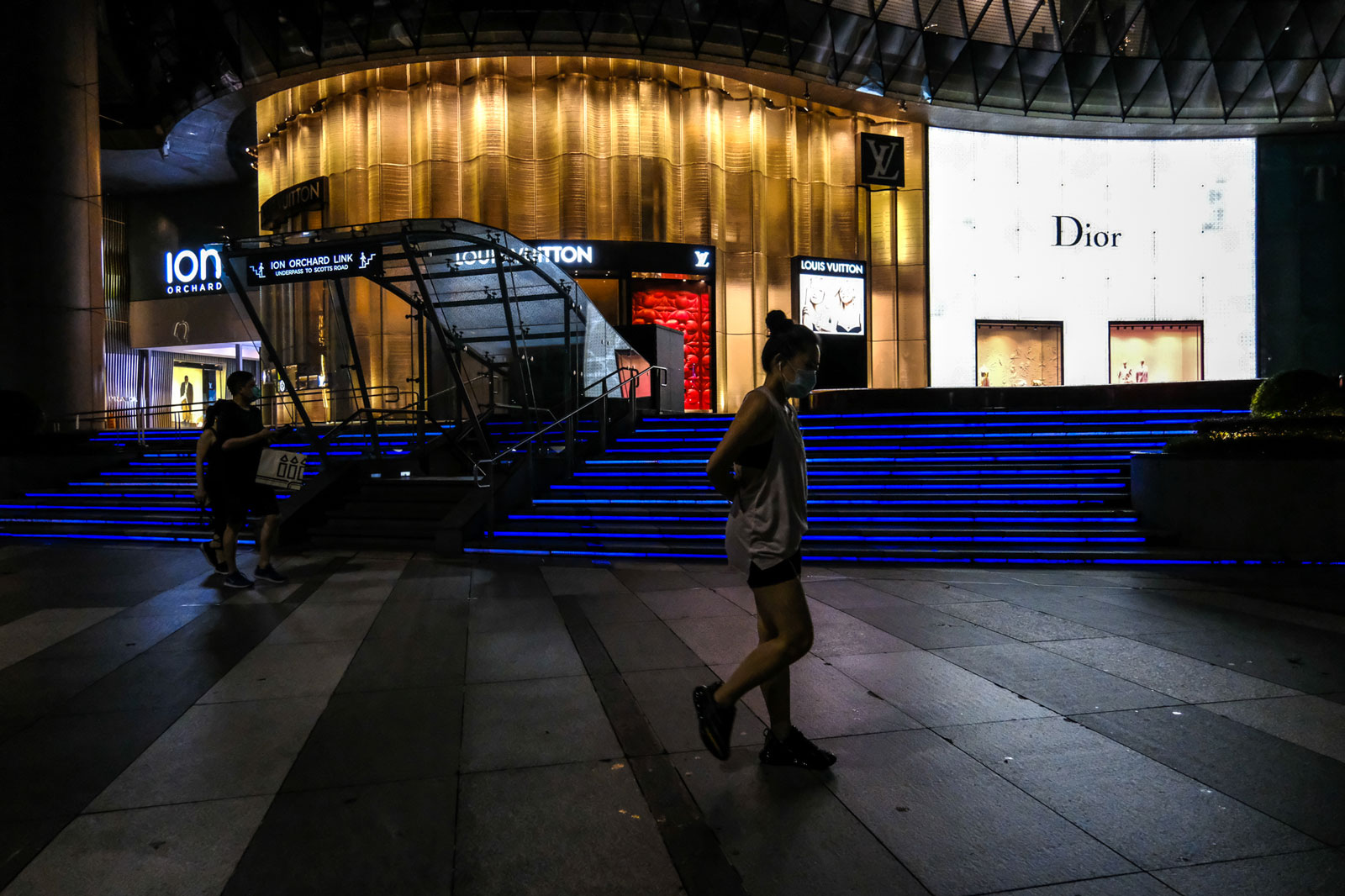
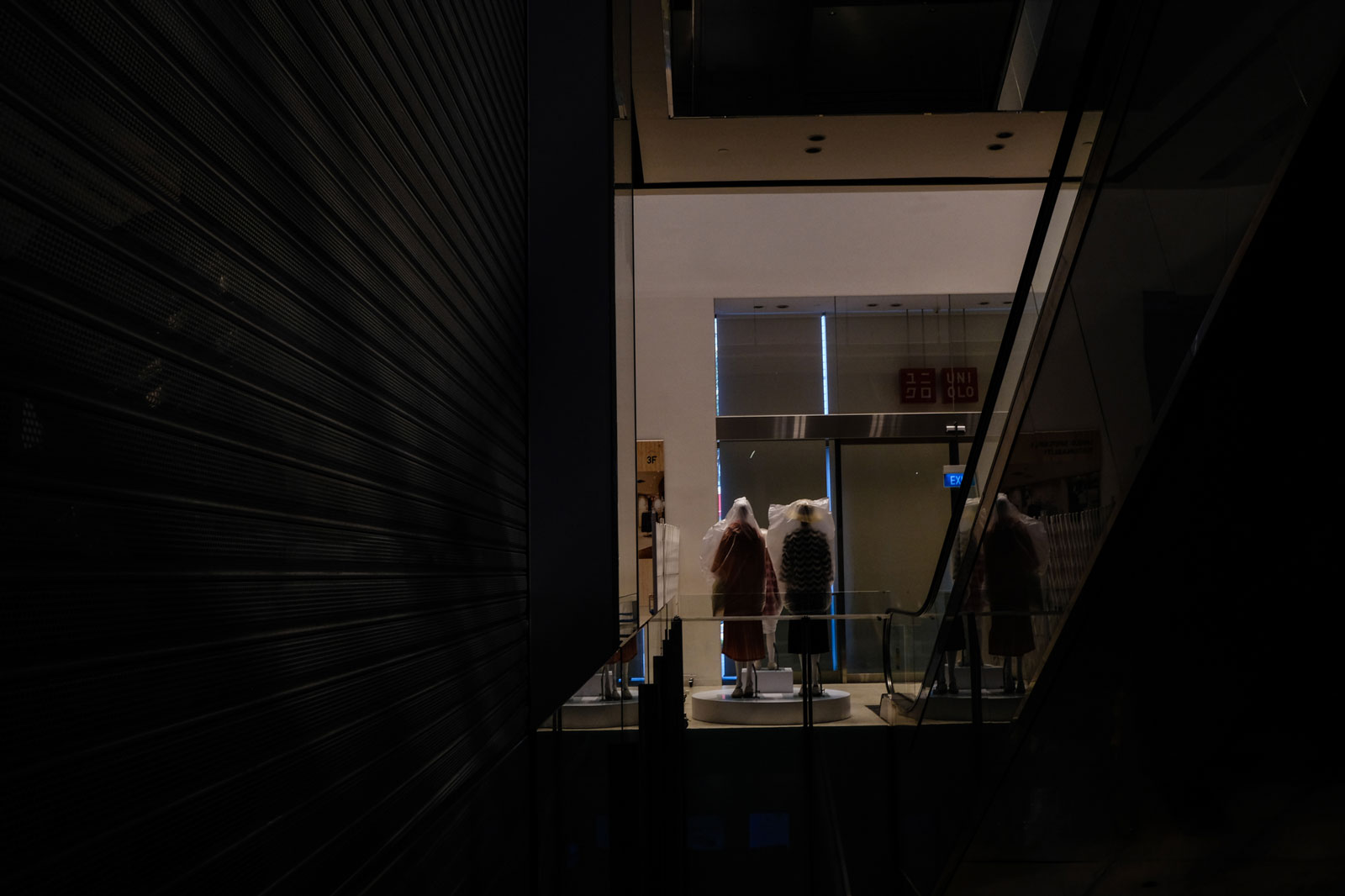
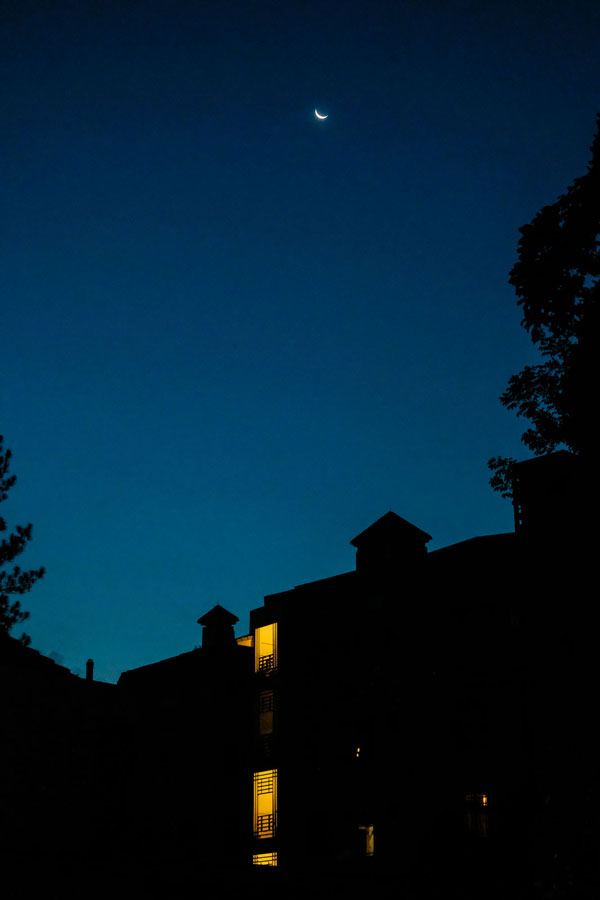
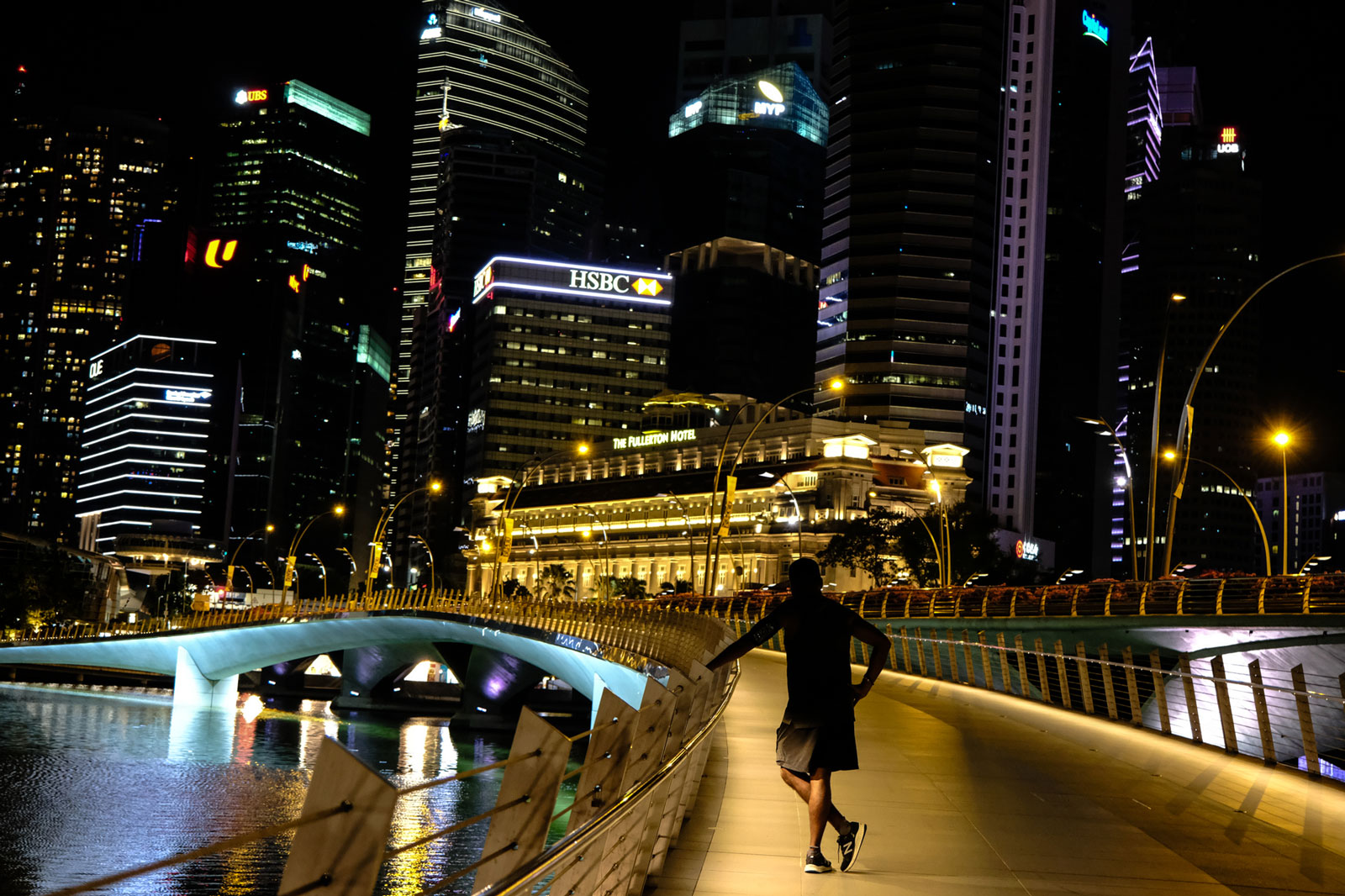
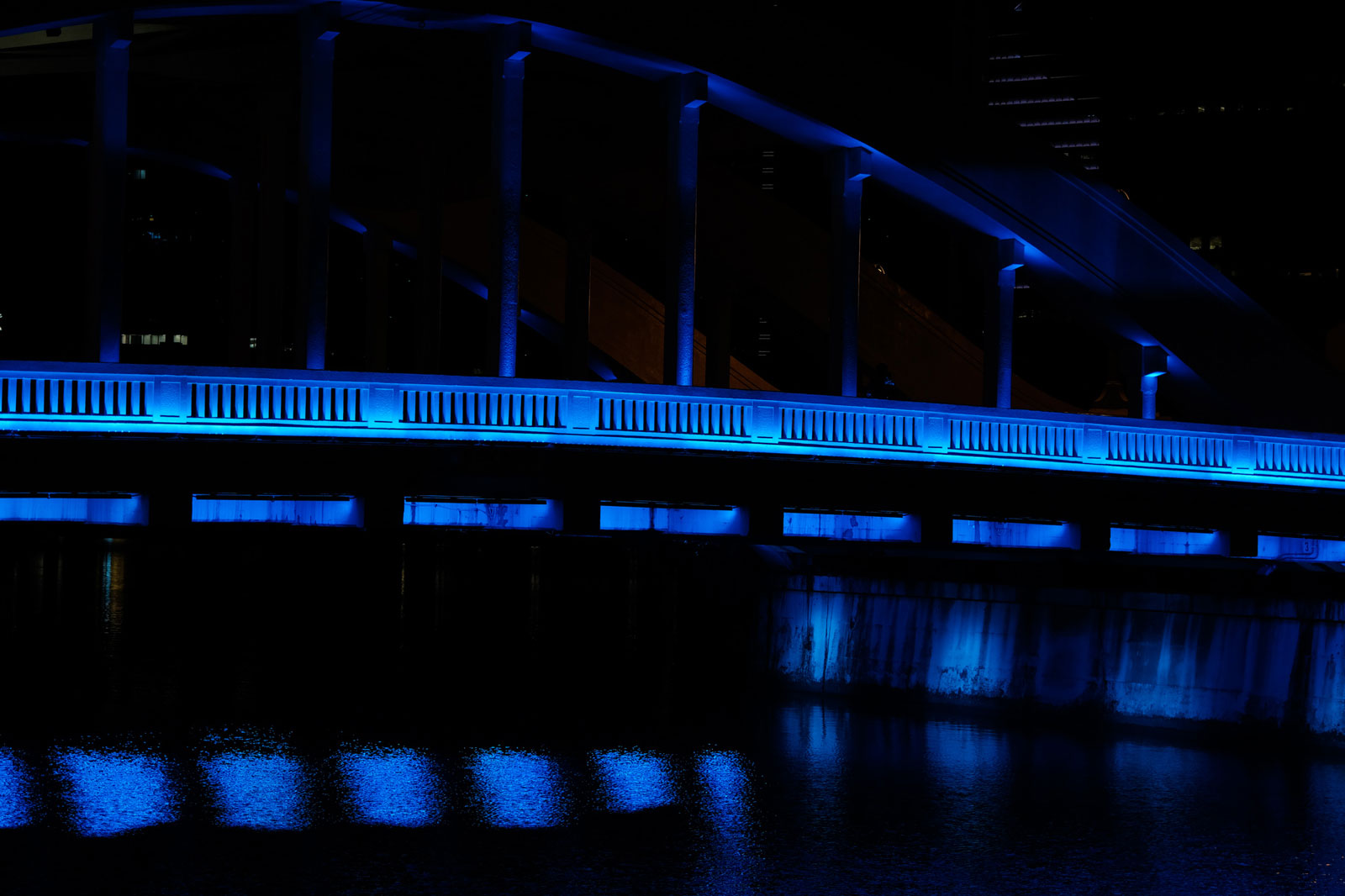
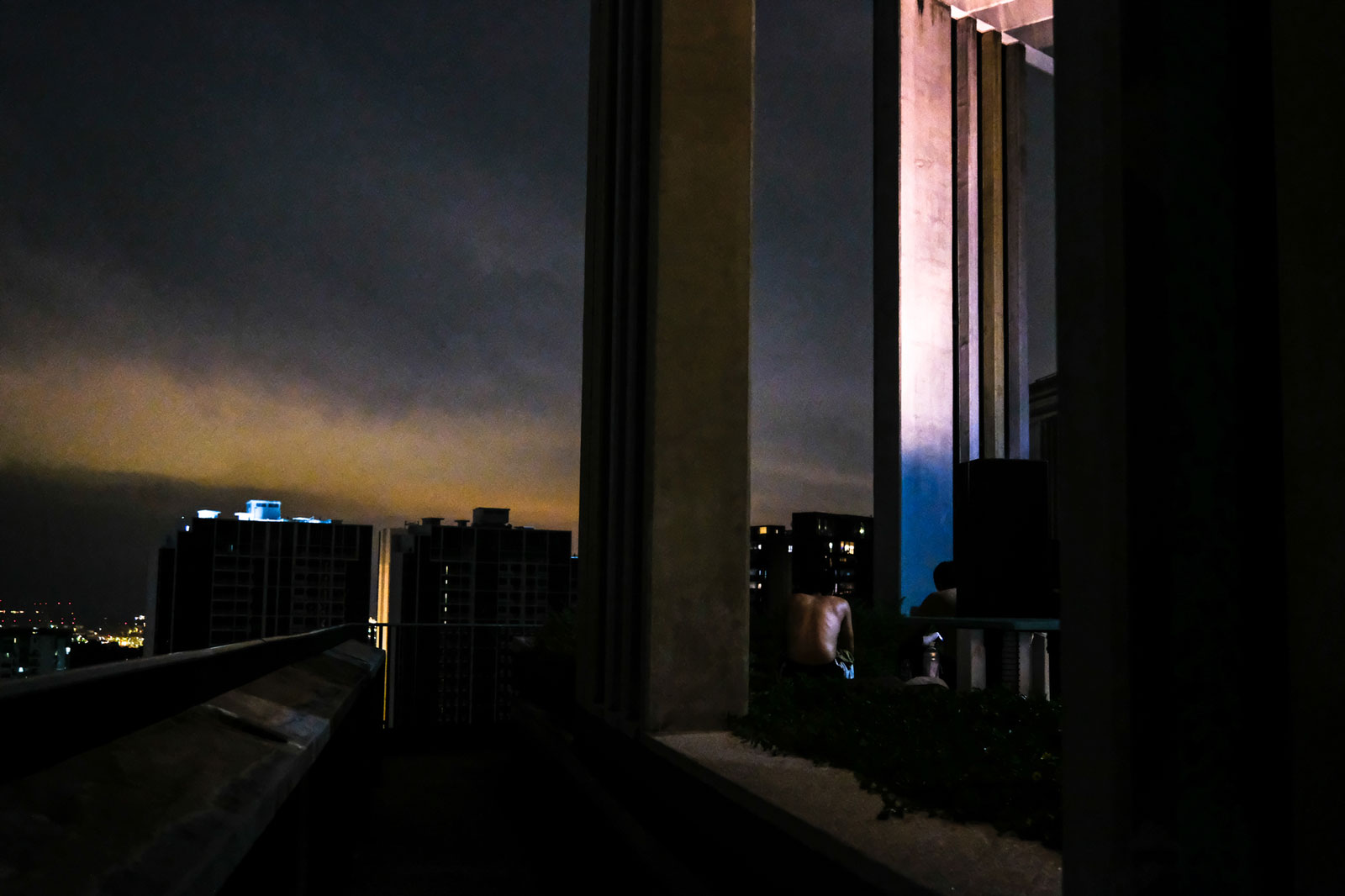
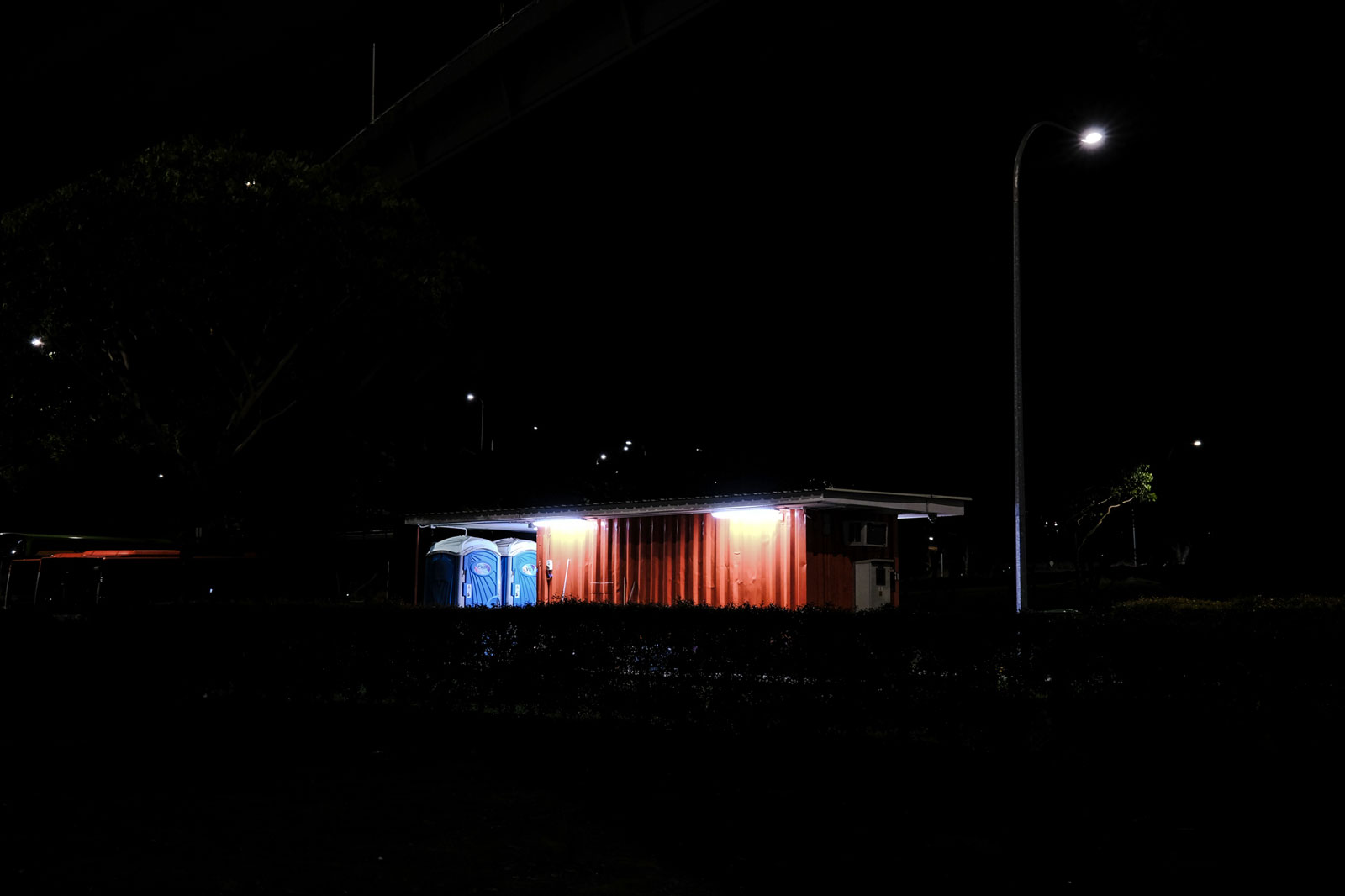
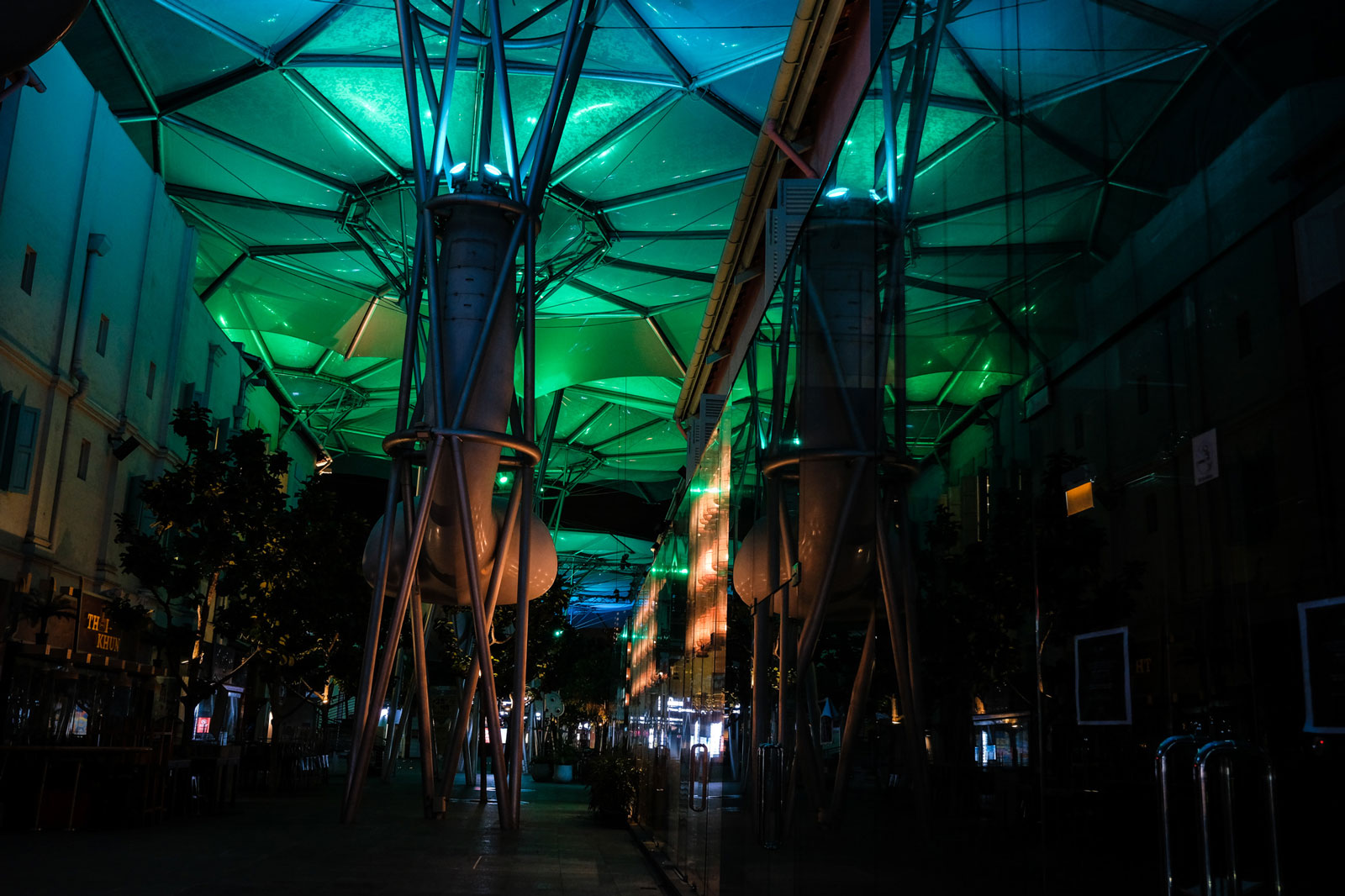
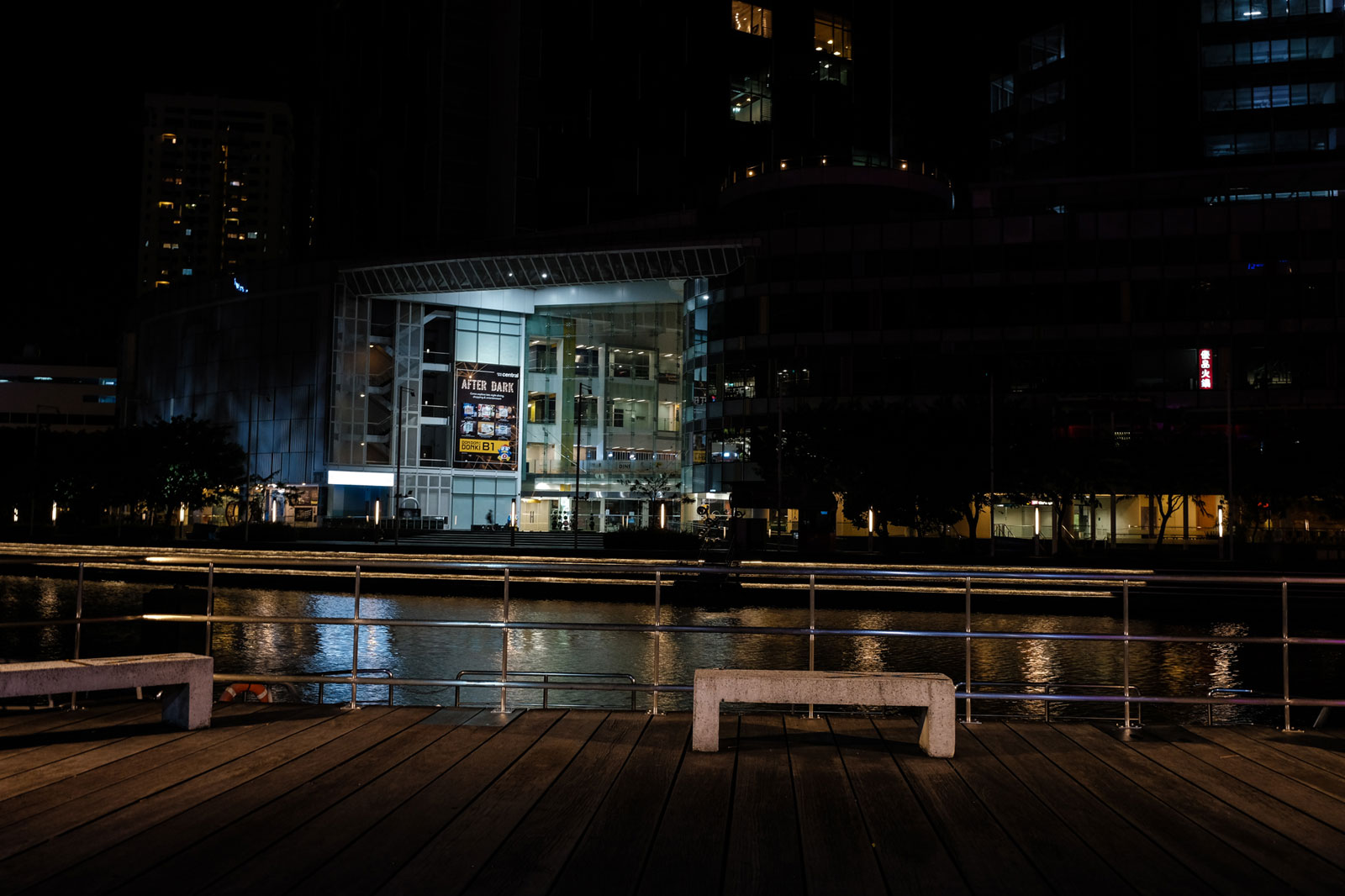
There have been sobering sights too, as for segments of society the impact of Covid-19 has been especially crippling.
Long queues of taxis line the street, waiting in vain for a passenger. In a largely elderly estate like Redhill, I spotted many old folks lingering to chat in the public spaces and hawker centres and keeping a one metre distance from each other, despite countless reminders by the state to stay home. I don’t blame them. I guess being at home, they feel digitally estranged, isolated, and caged inside their four walls. Their daily routines have been upended by the pandemic.
At the foot of the housing flat, I chanced upon this old woman painstakingly dialing her children one by one on a rare public payphone, reading off the numbers scribbled on a piece of paper. She told me her own landline had broken down for the last month and she wasn’t sure how to use a mobile phone, so she’s resorted to calling them once every week.
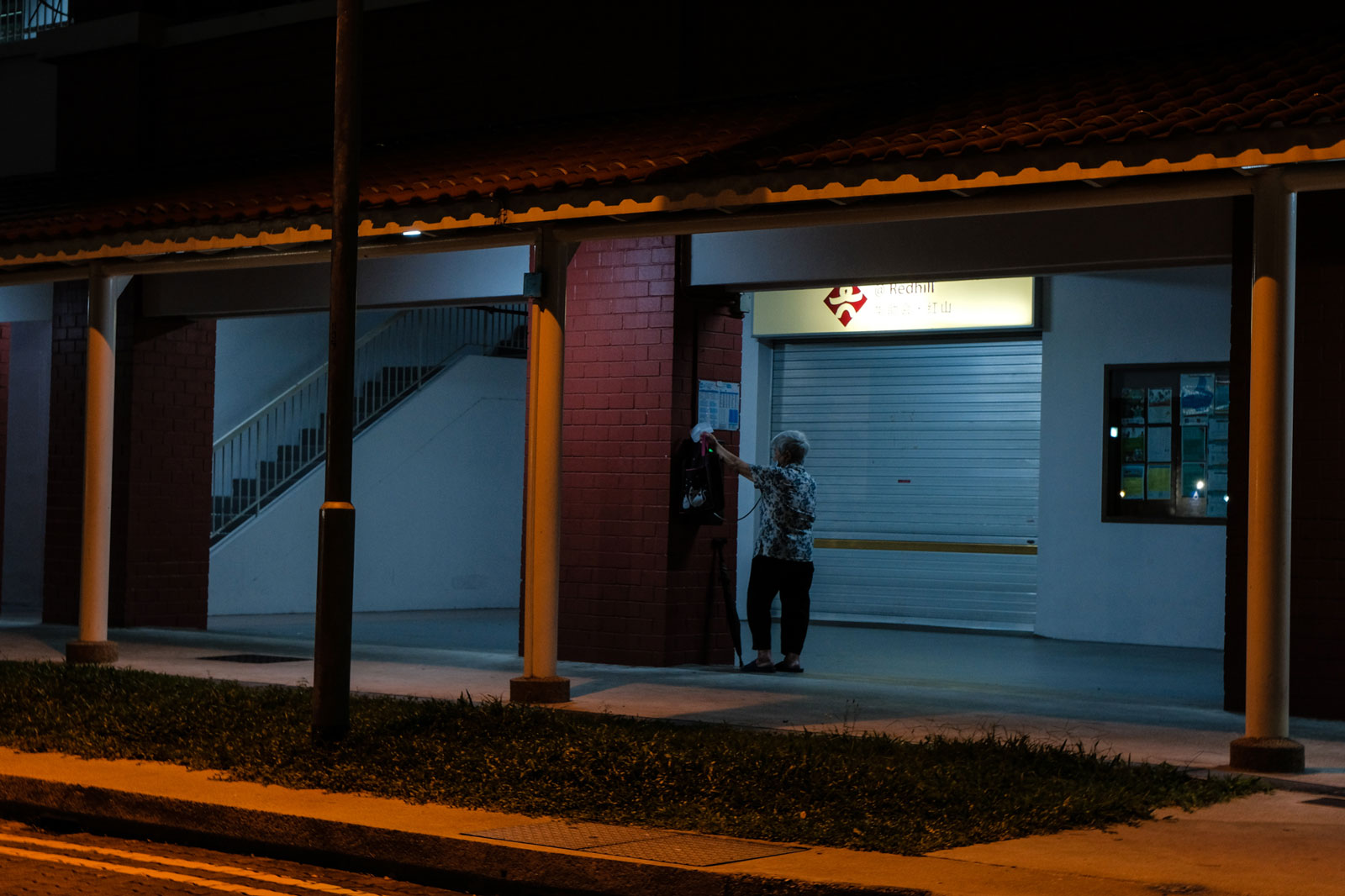
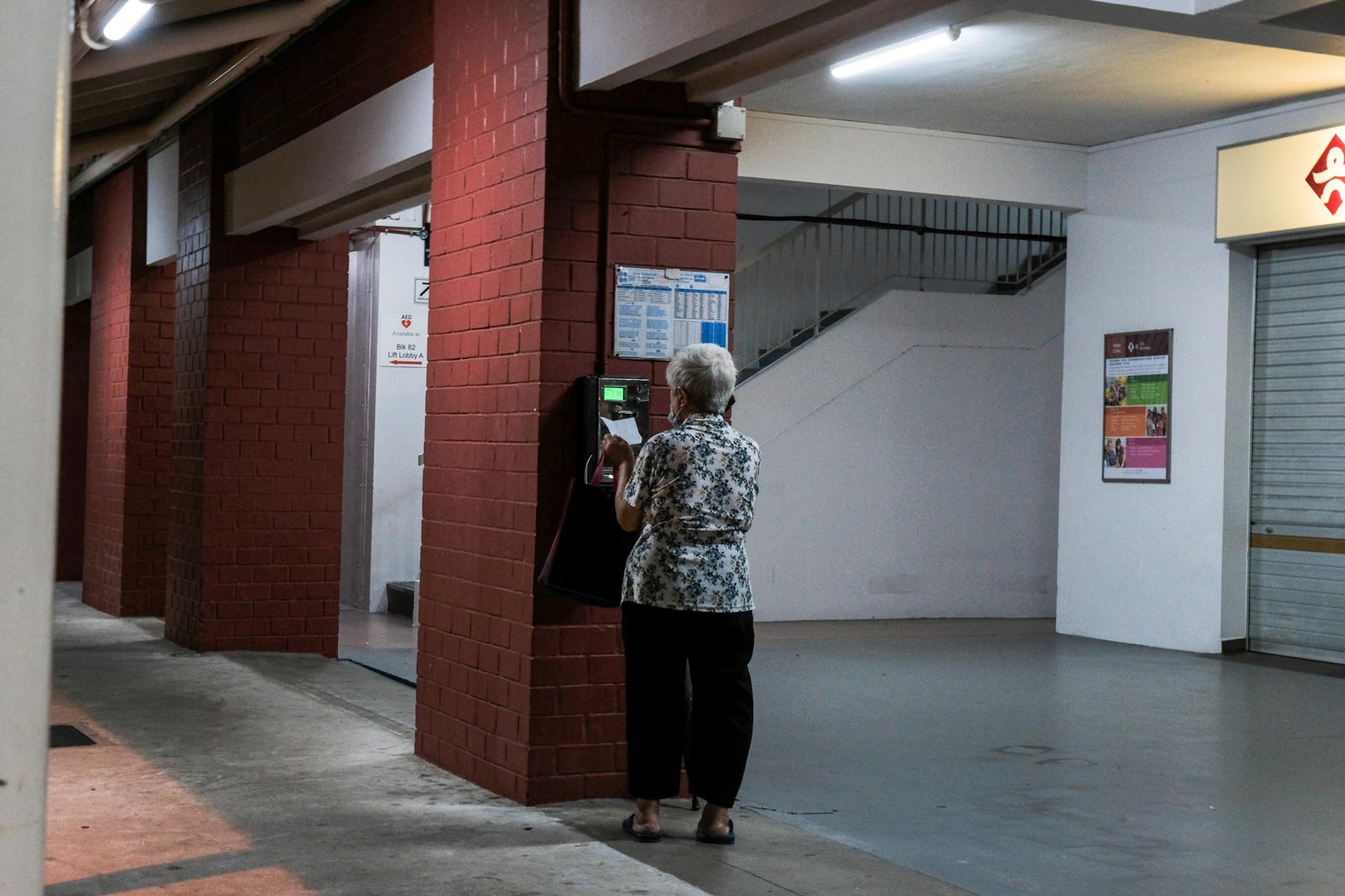
For the most part, going on these little cycling trips have been cathartic. A momentary escape from the endless stream of Covid-19 news, and a chance to document these strange times with my camera, to witness this lived reality of distance and alienation.
When I cycle, it reminds me of how much I miss being in the great outdoors, outside the confines of this tiny city which at times can feel stifling with its meticulously planned streets, its competitive environment and relentless pace.
I recall the exhilaration of cycling around the open roads of a rural village Pame in Nepal, weaving through the chaos of Siem Reap in Cambodia on the back of a friend’s bicycle in search of supper, or leisurely pedalling down the rugged coastline of Hawaii’s Oahu North Shore.
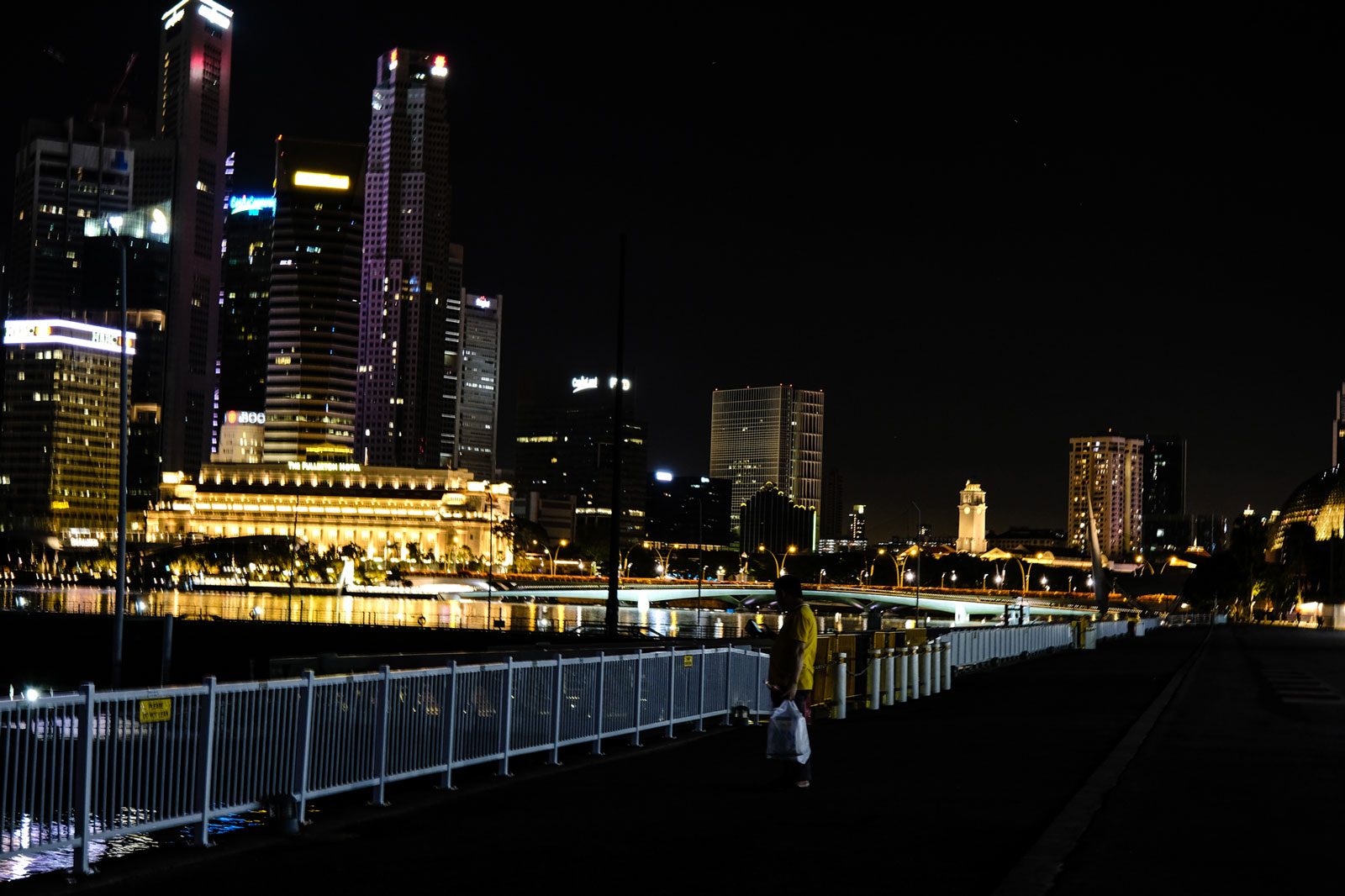
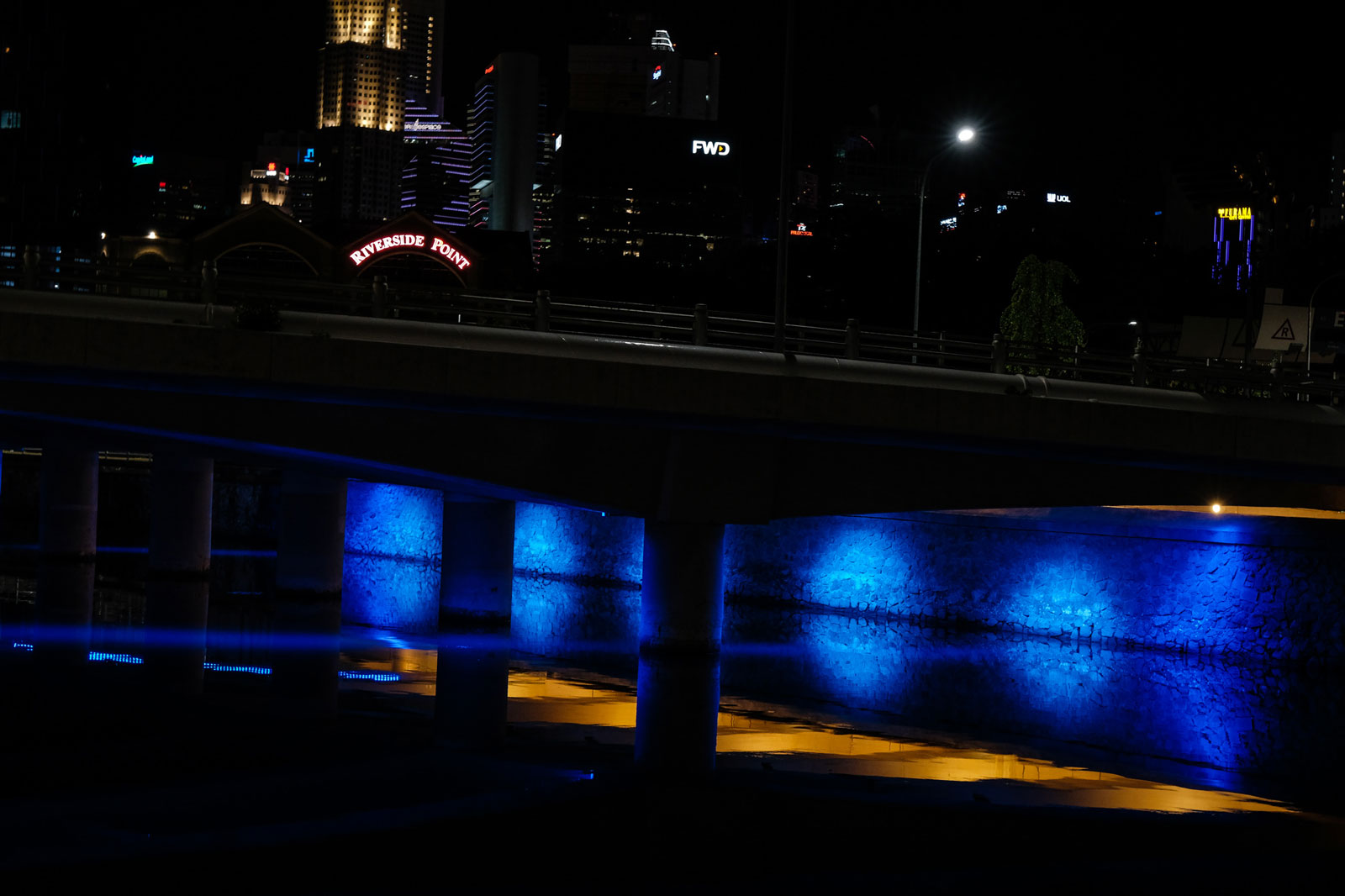
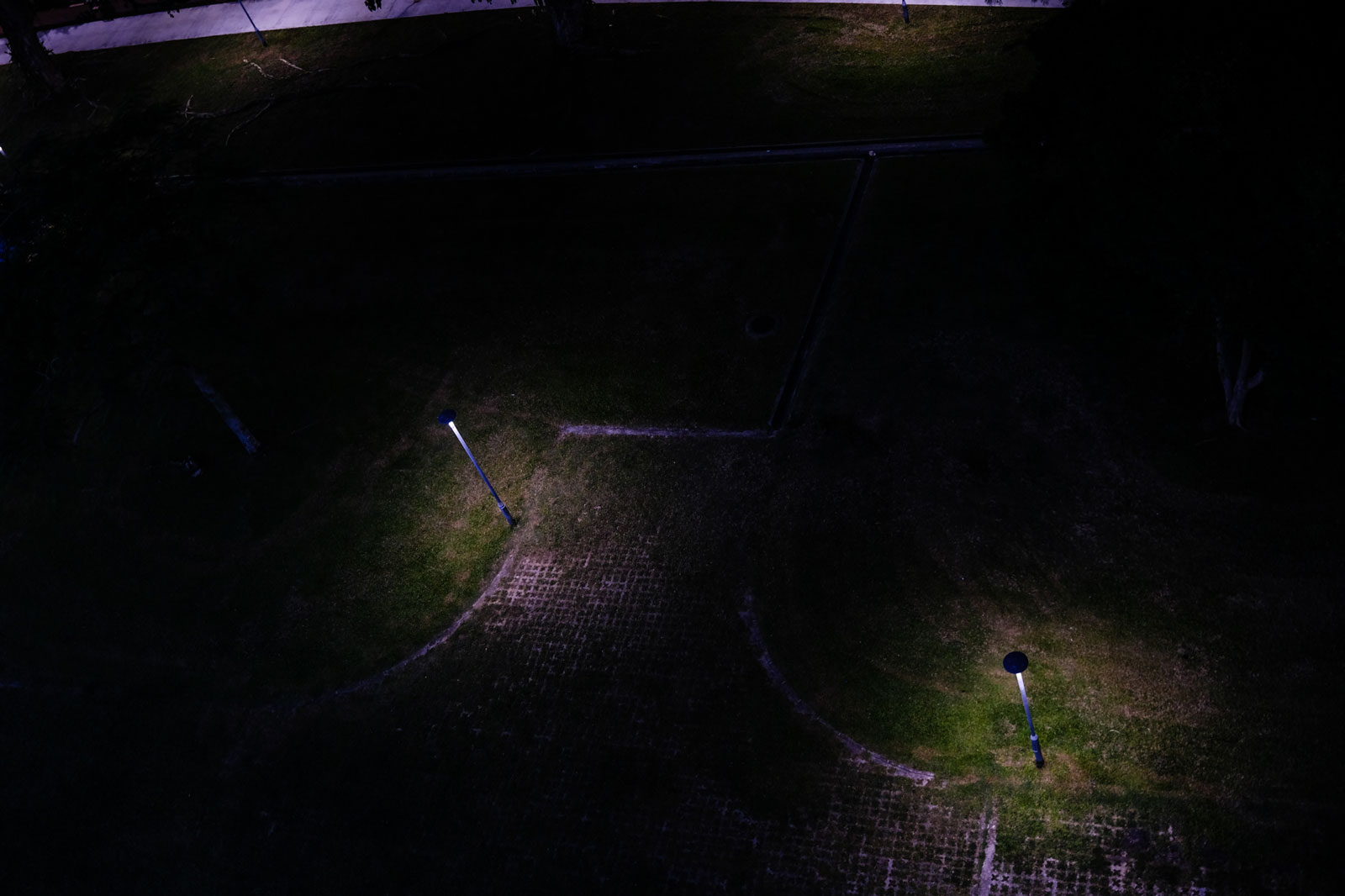
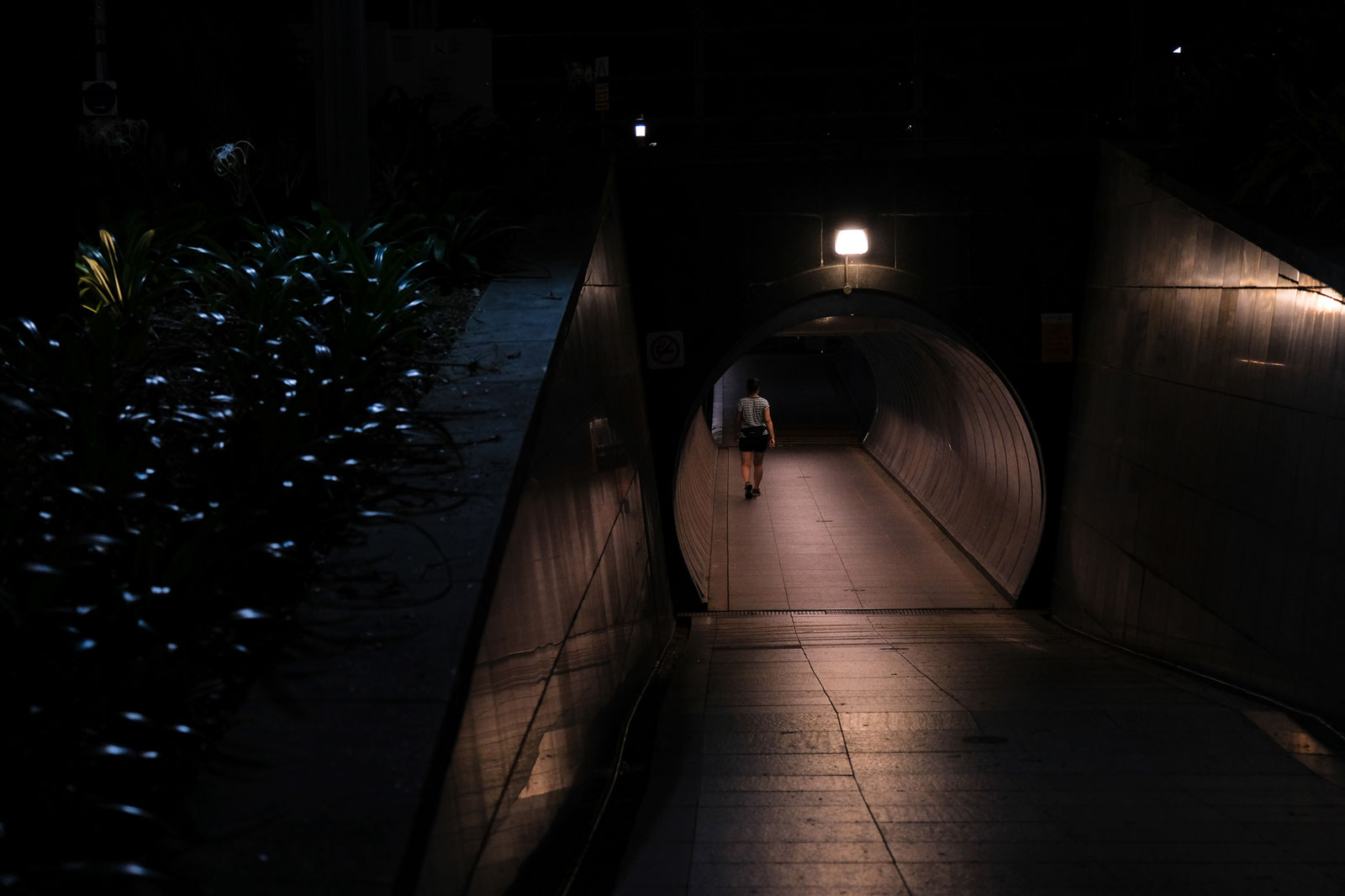
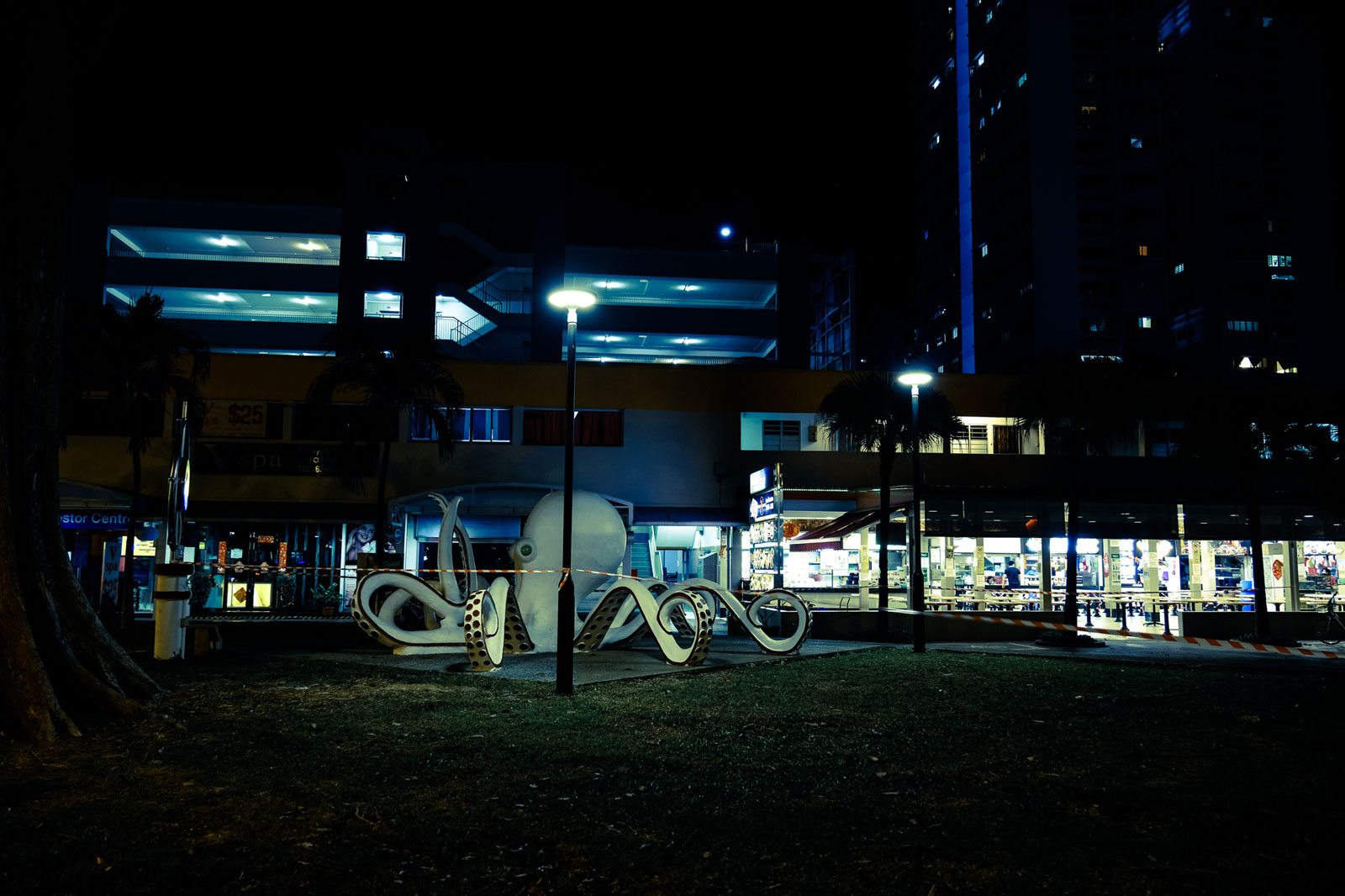
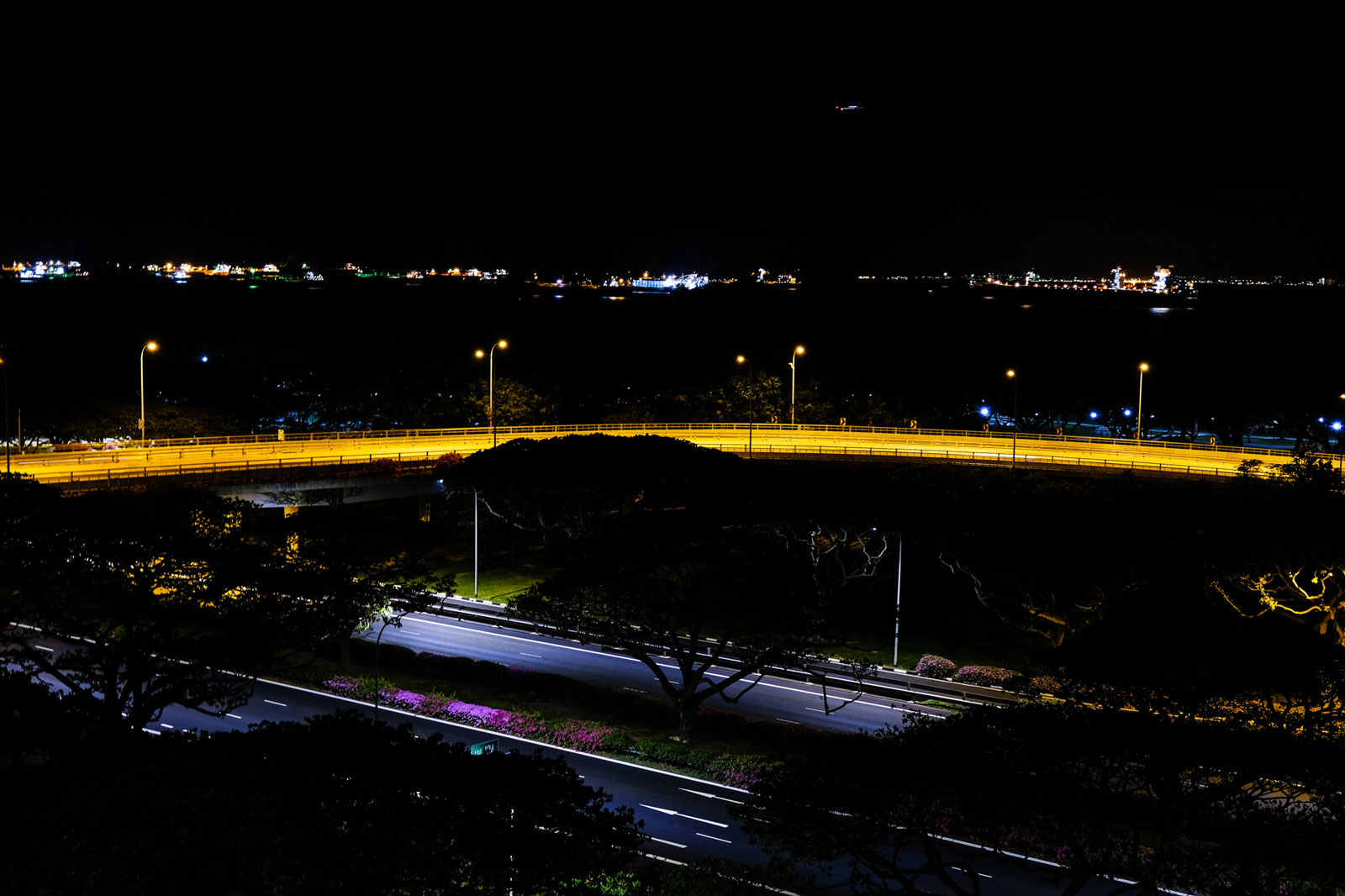
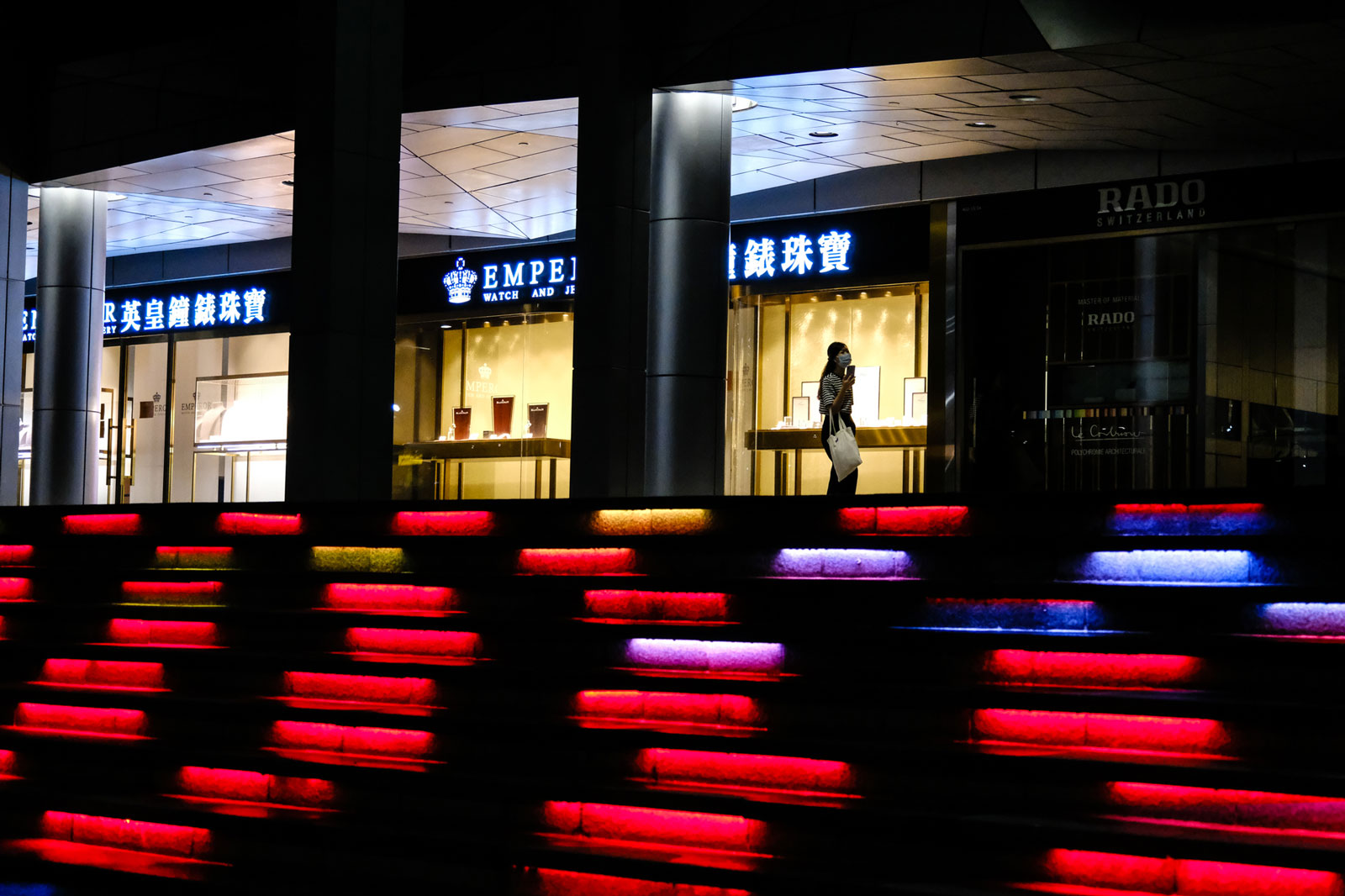
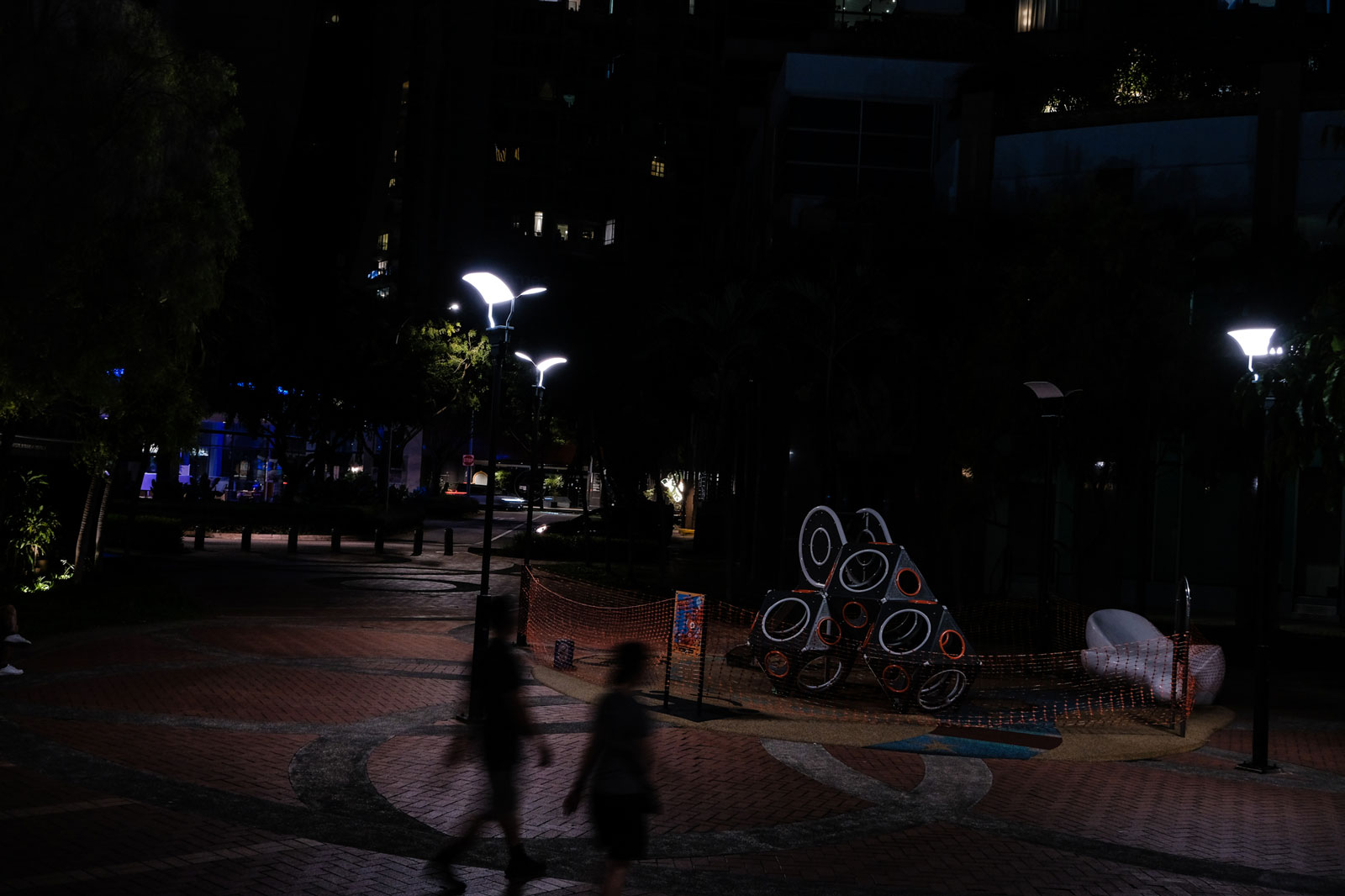
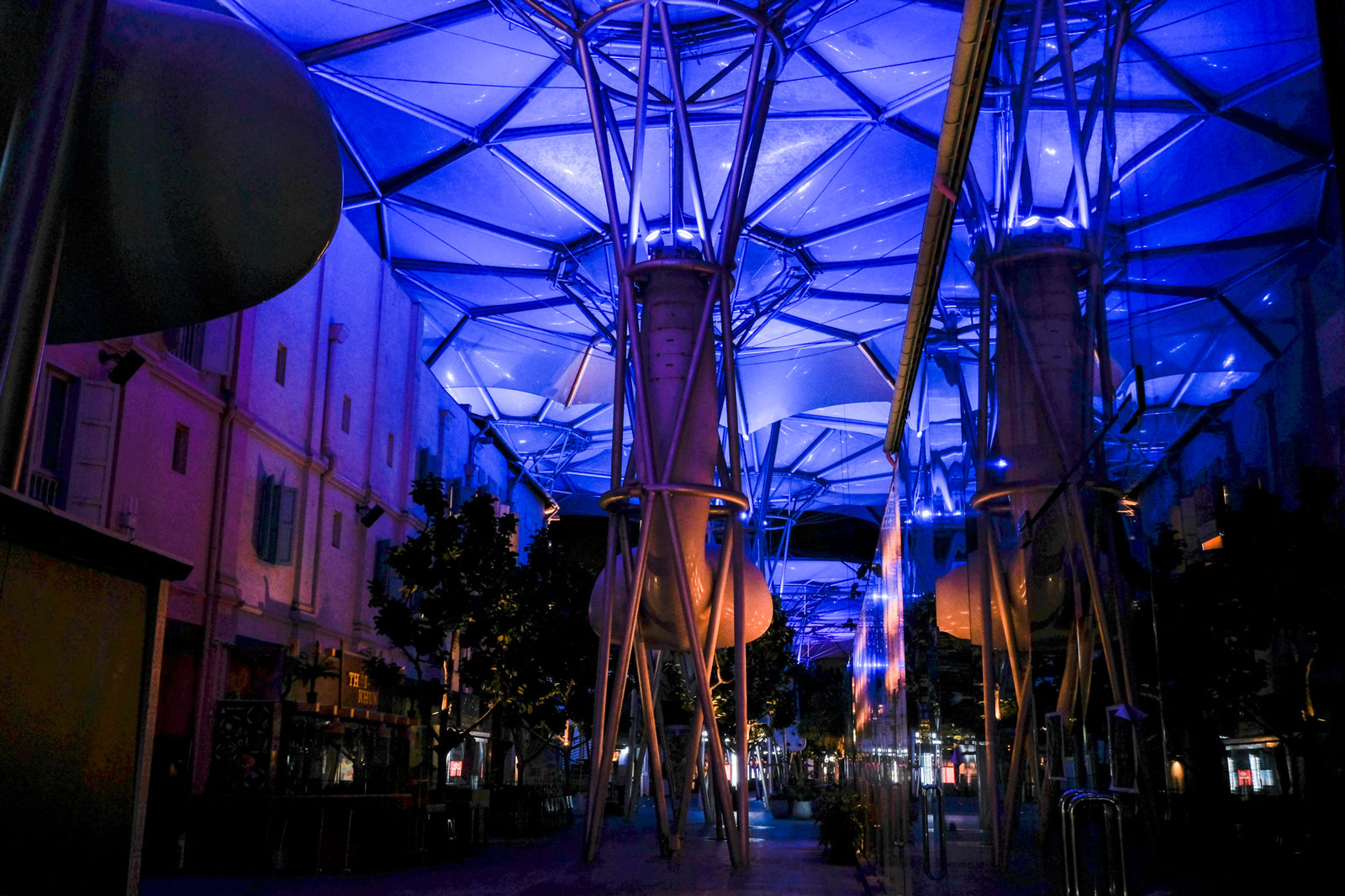
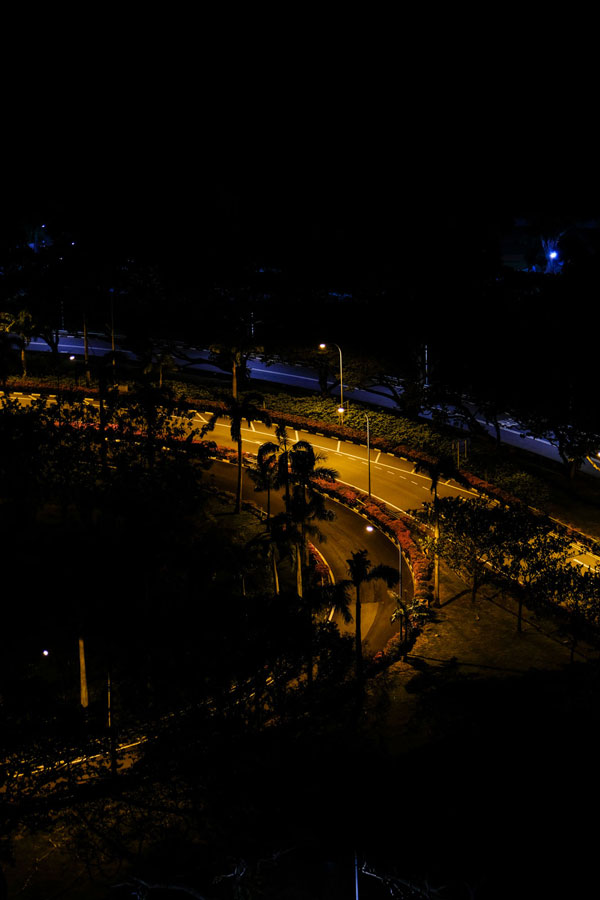
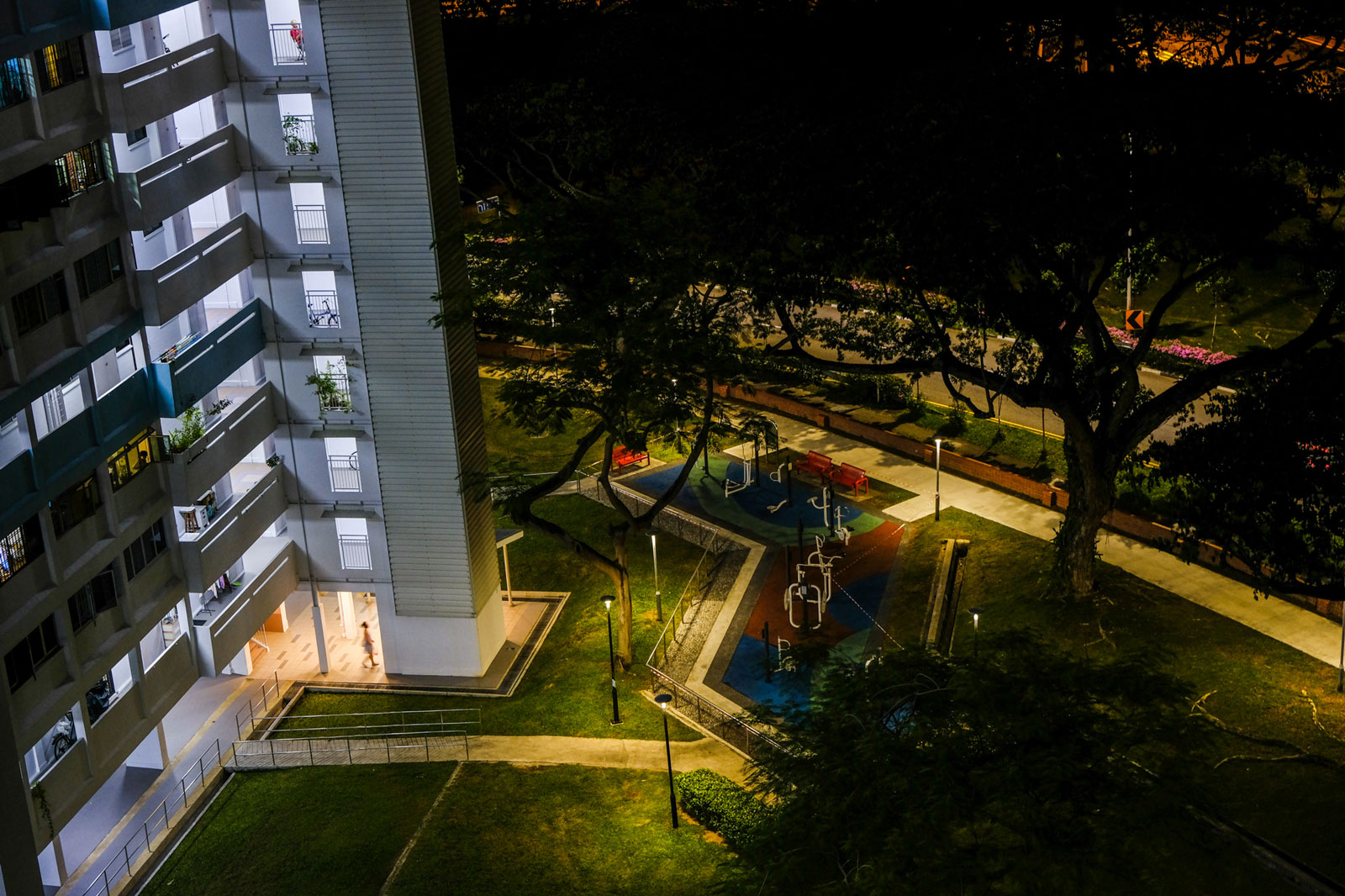
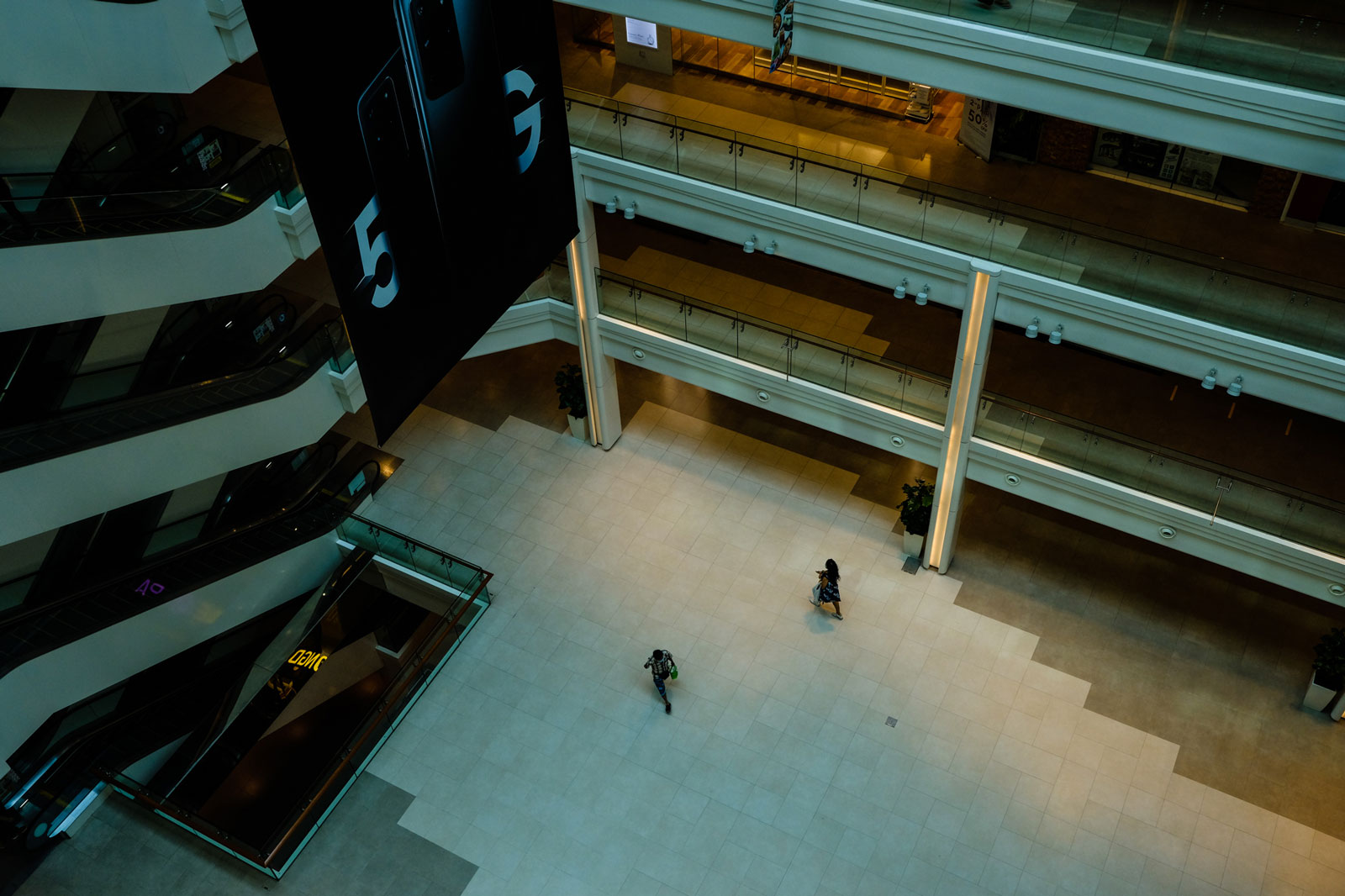
Like so many others, I long to return to some semblance of normalcy. The simple act of stepping outside without a thought, without the fear of putting our lives and others’ at risk.
I doubt we’ll be able to leave Singapore for many months or be able to hit the road. For now, as Singapore gradually lifts its lockdown measures, it looks like I’ll have to find solace in these night cycles and unexpected discoveries in new neighbourhoods.
It’s a chance to slow down and see my city with brand new eyes.
This story is part of the Globe’s Tales of the Pandemic series, a collection of personal essays from across Southeast Asia called published each Monday covering different aspects of life during this unprecedented time in human history. If you’d like to contribute a personal essay of your own, please email your story of roughly 1,000 words to a.mccready@globemediaasia.com.
![[Photos] Night-time cycle rides through locked-down Singapore](https://southeastasiaglobe.com/wp-content/uploads/2020/05/37_Feature.jpg)
